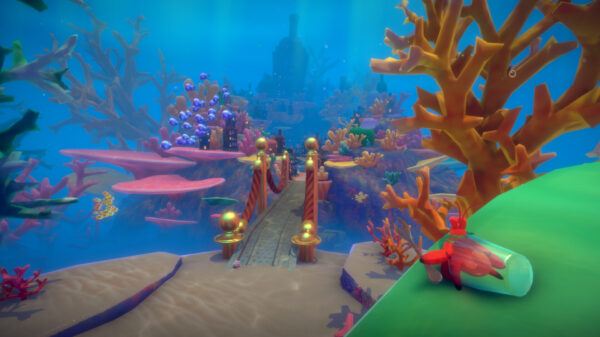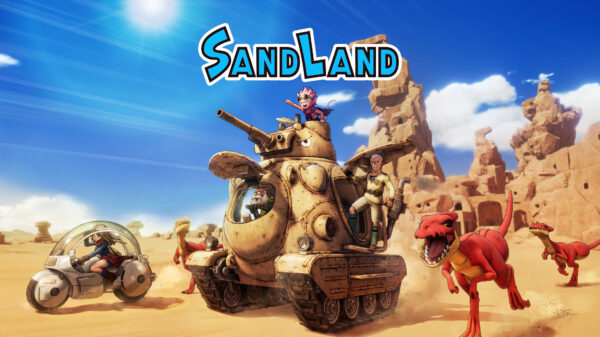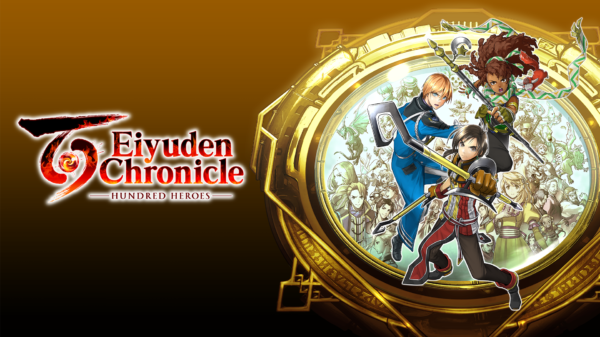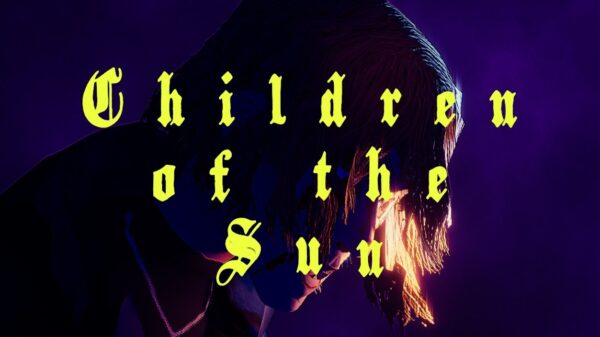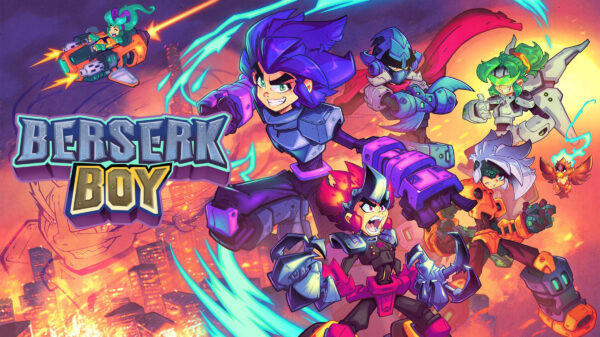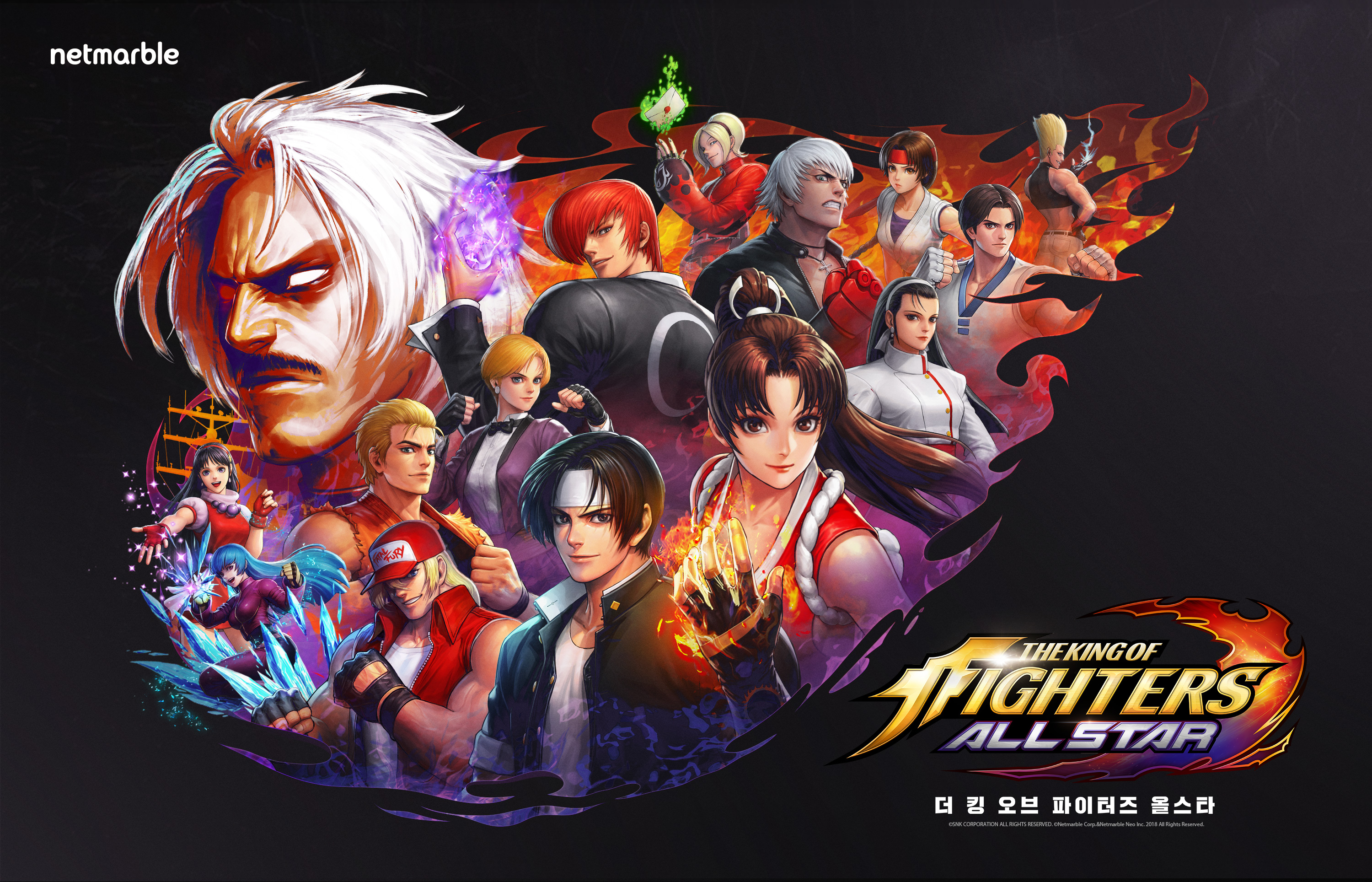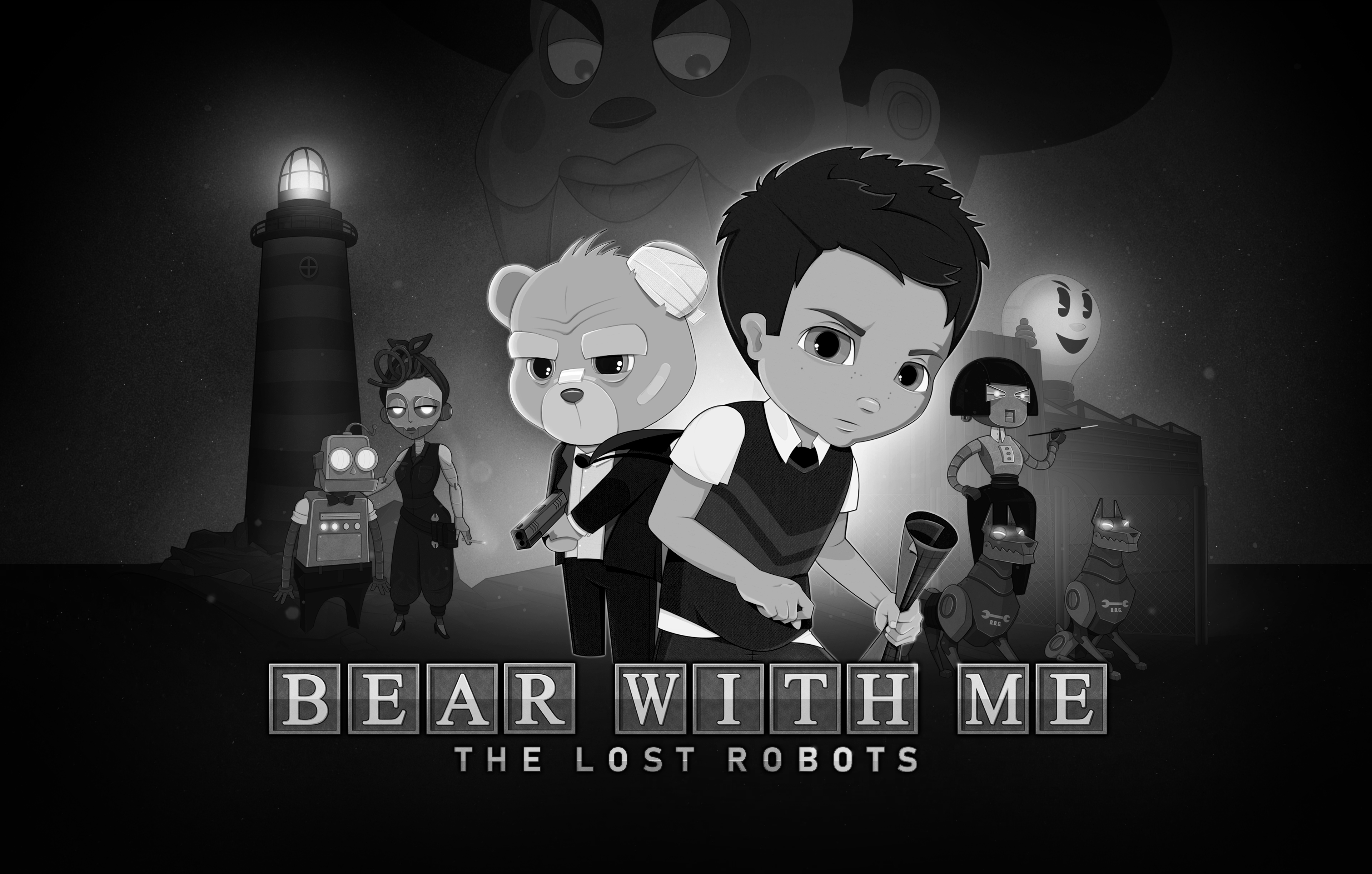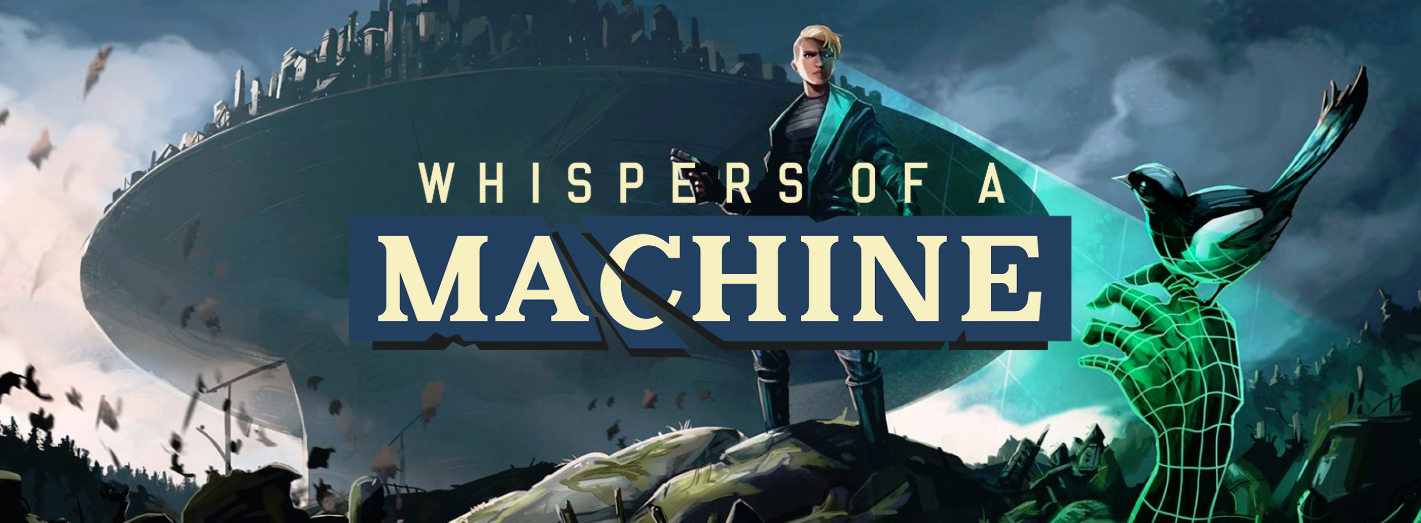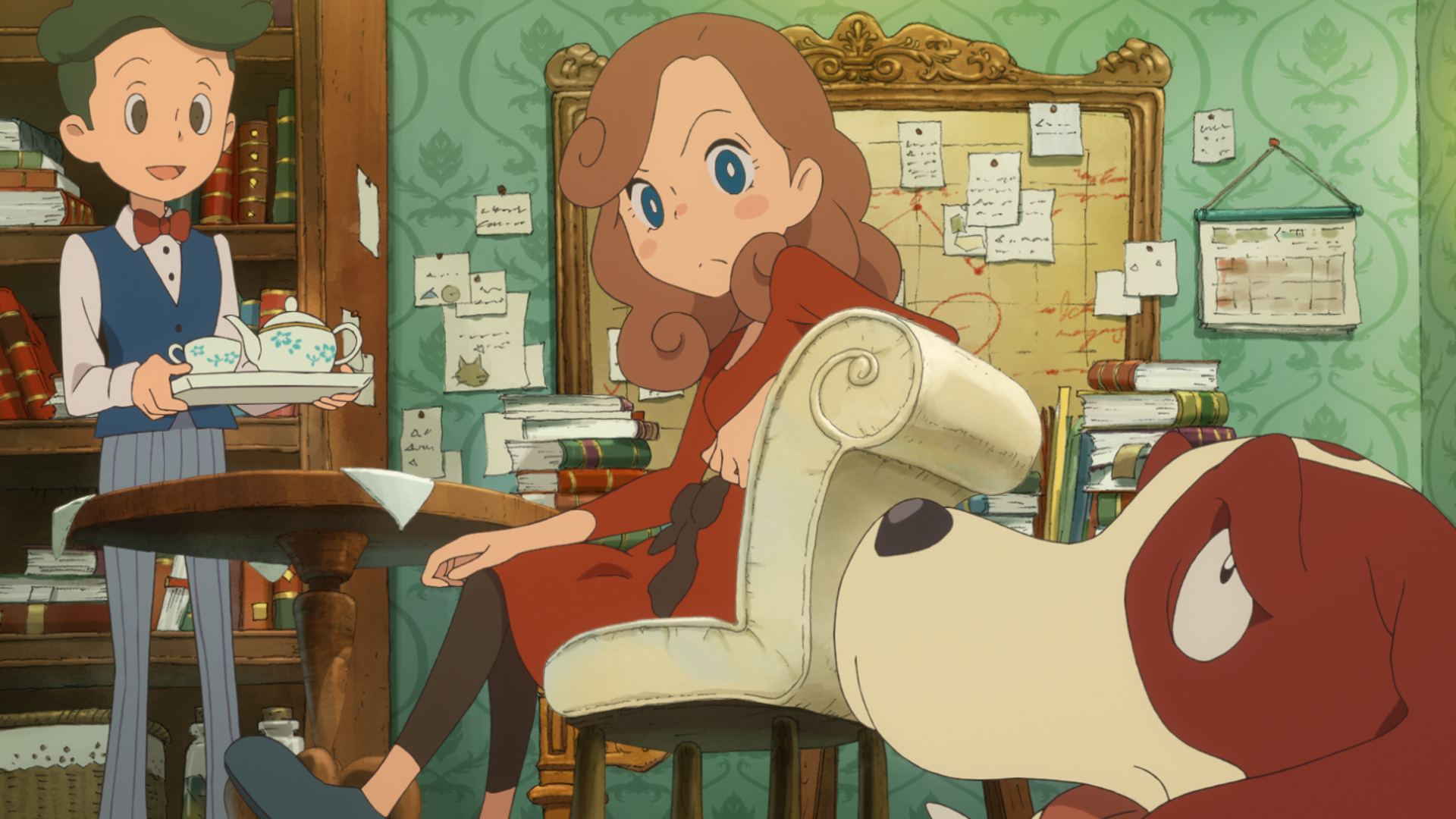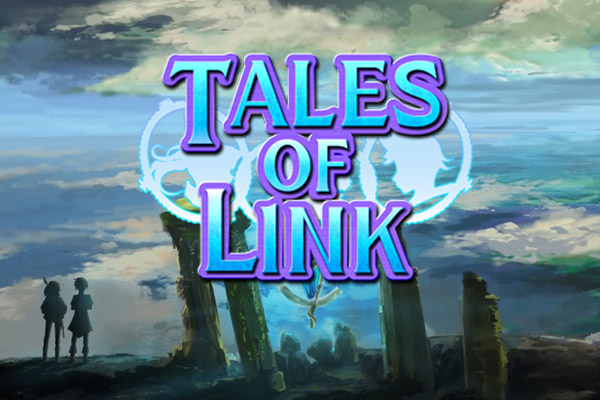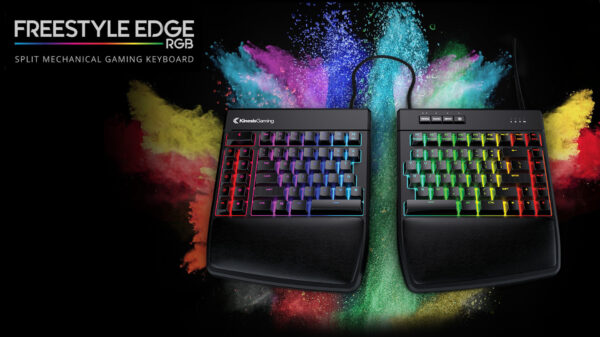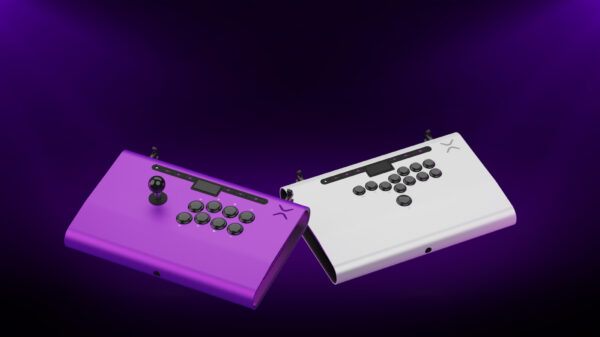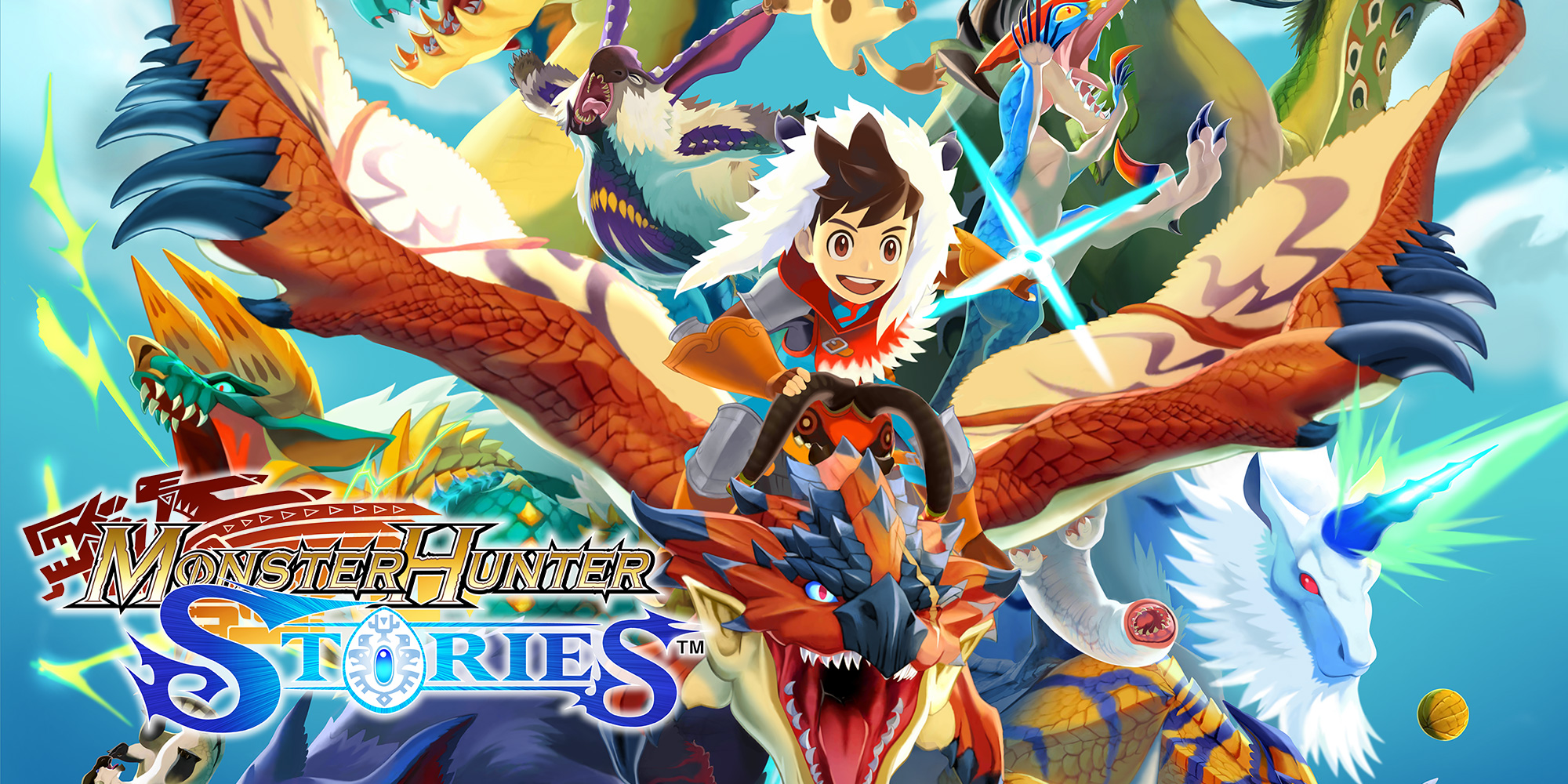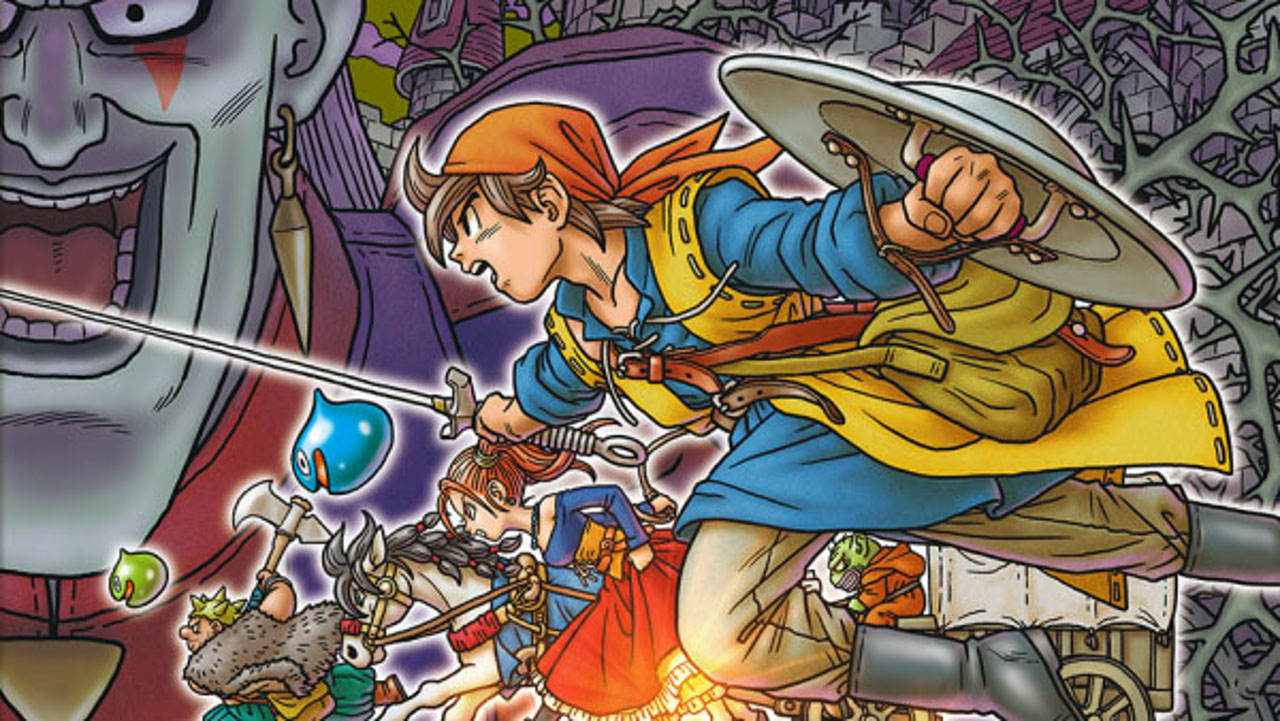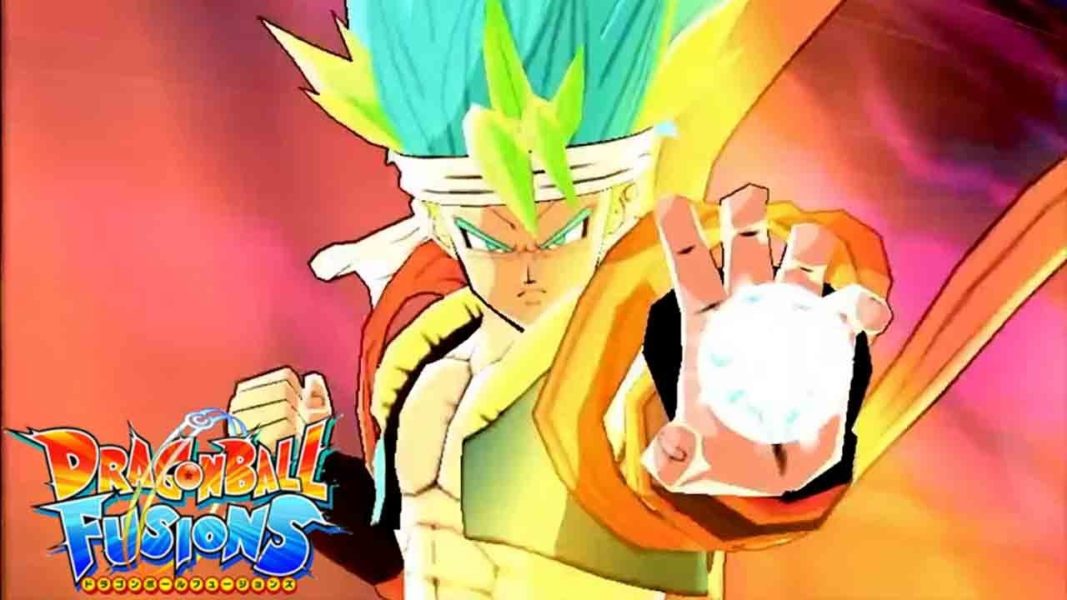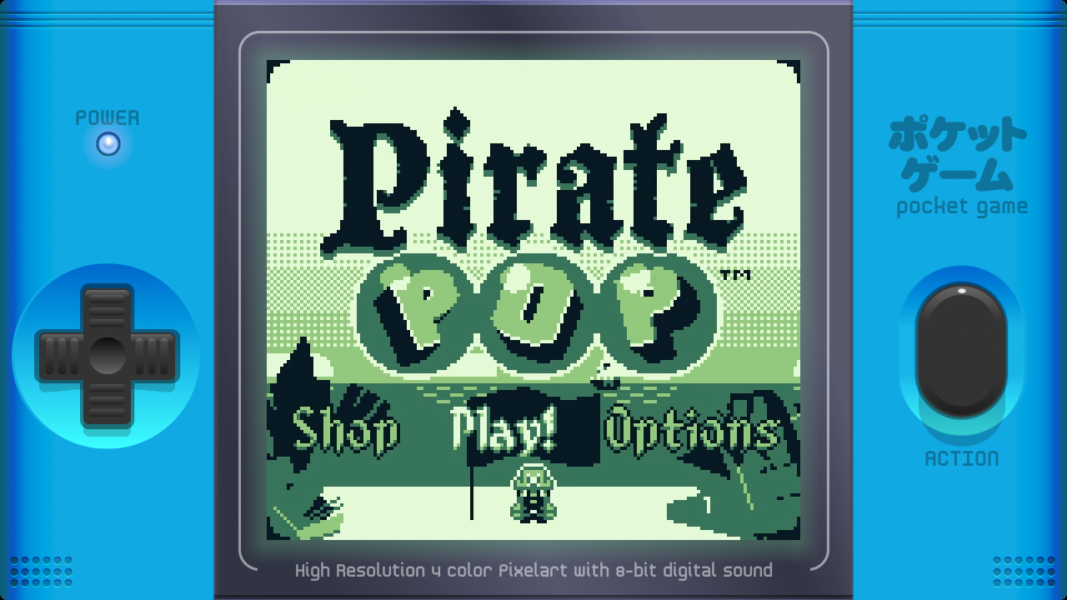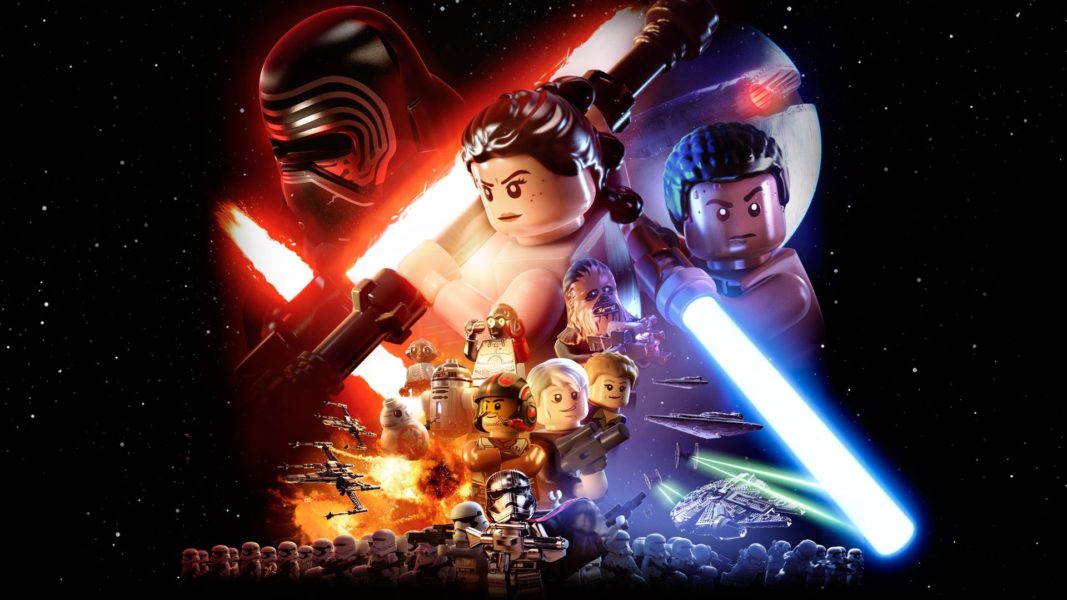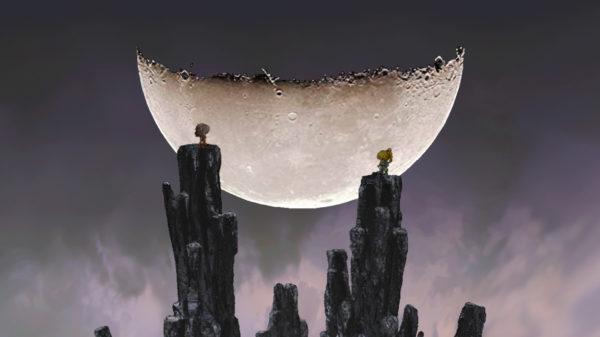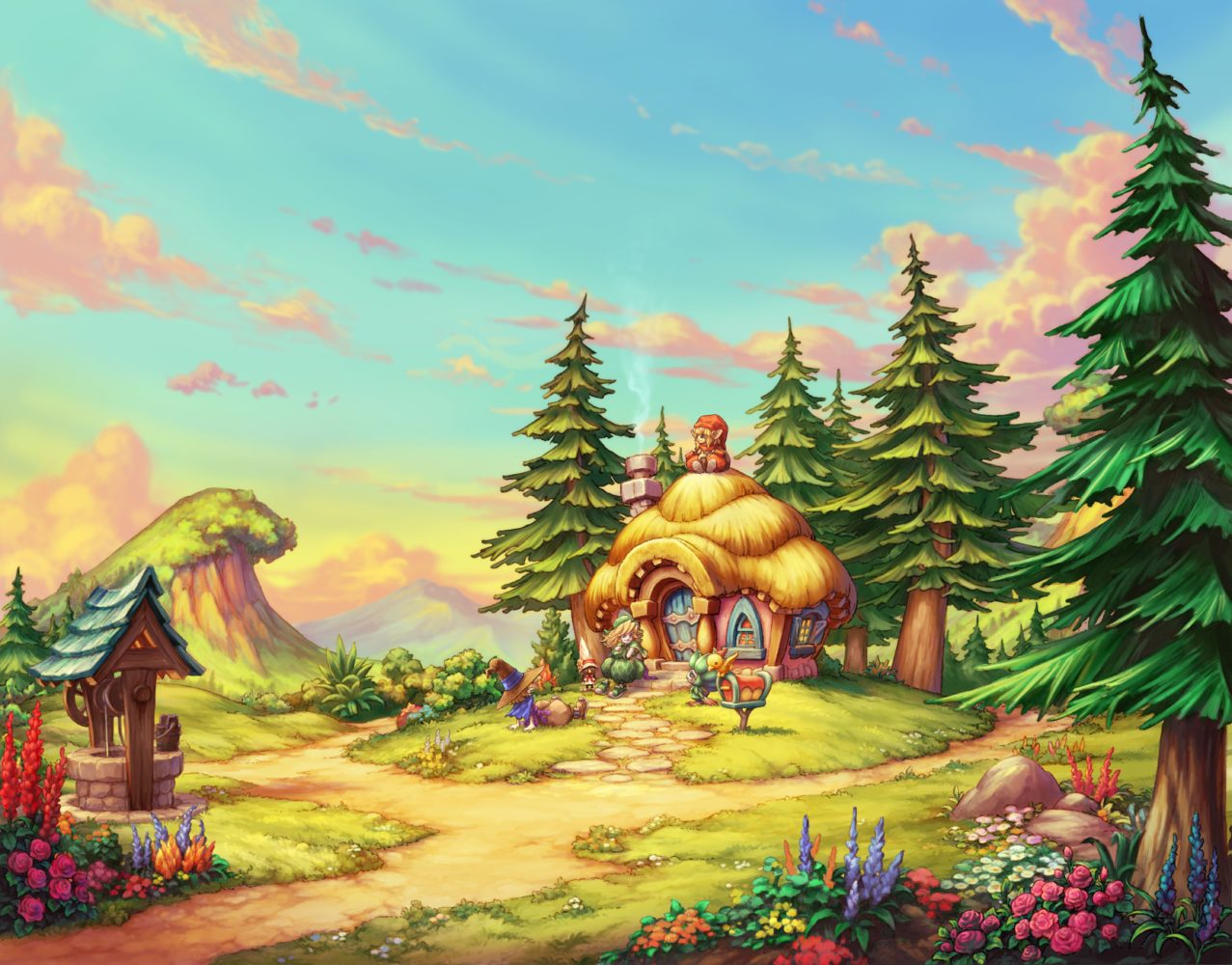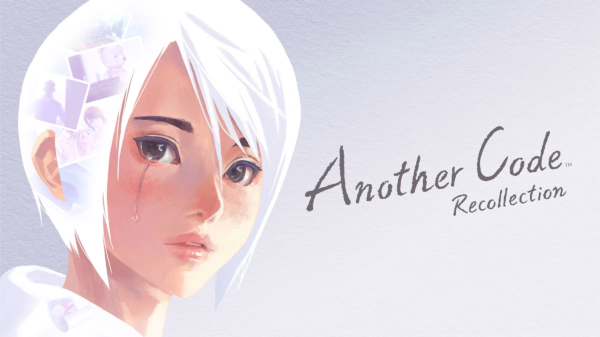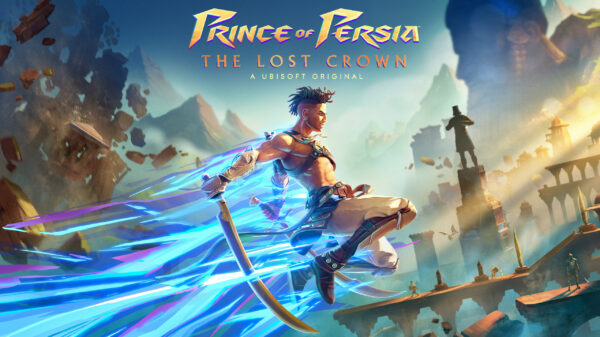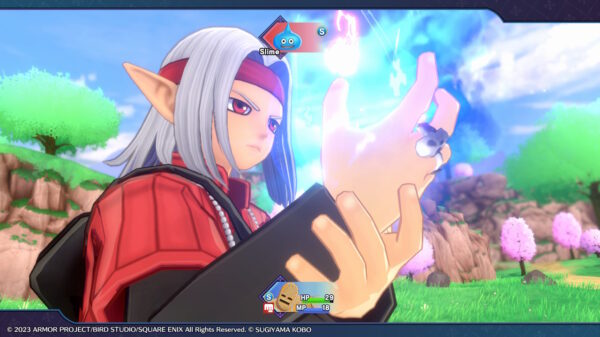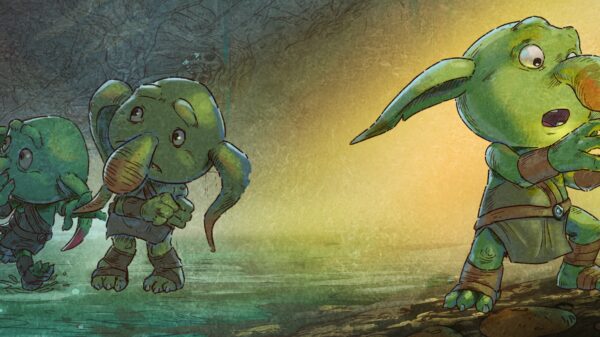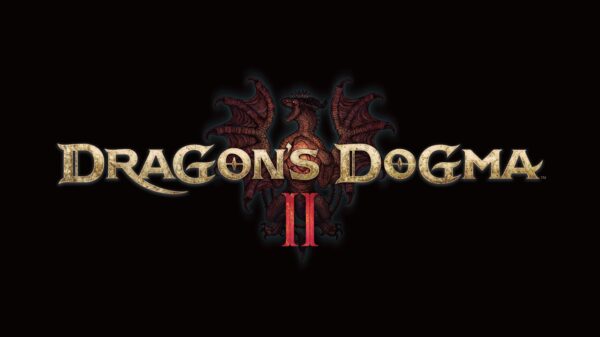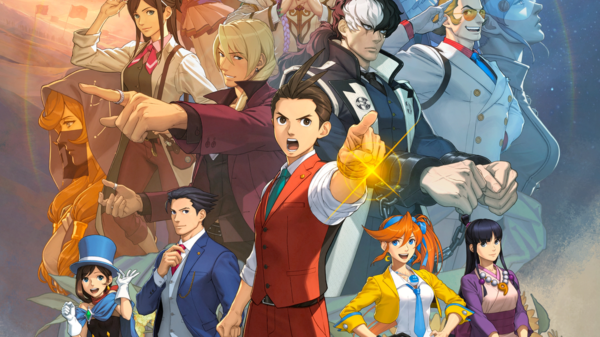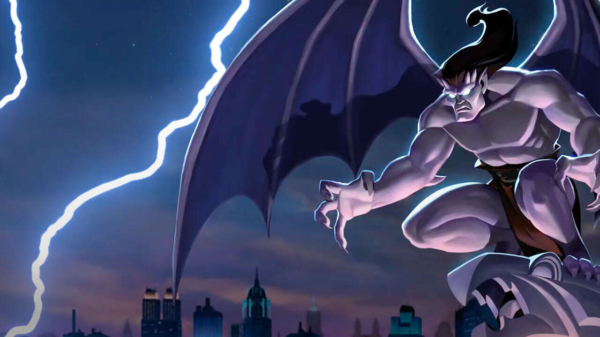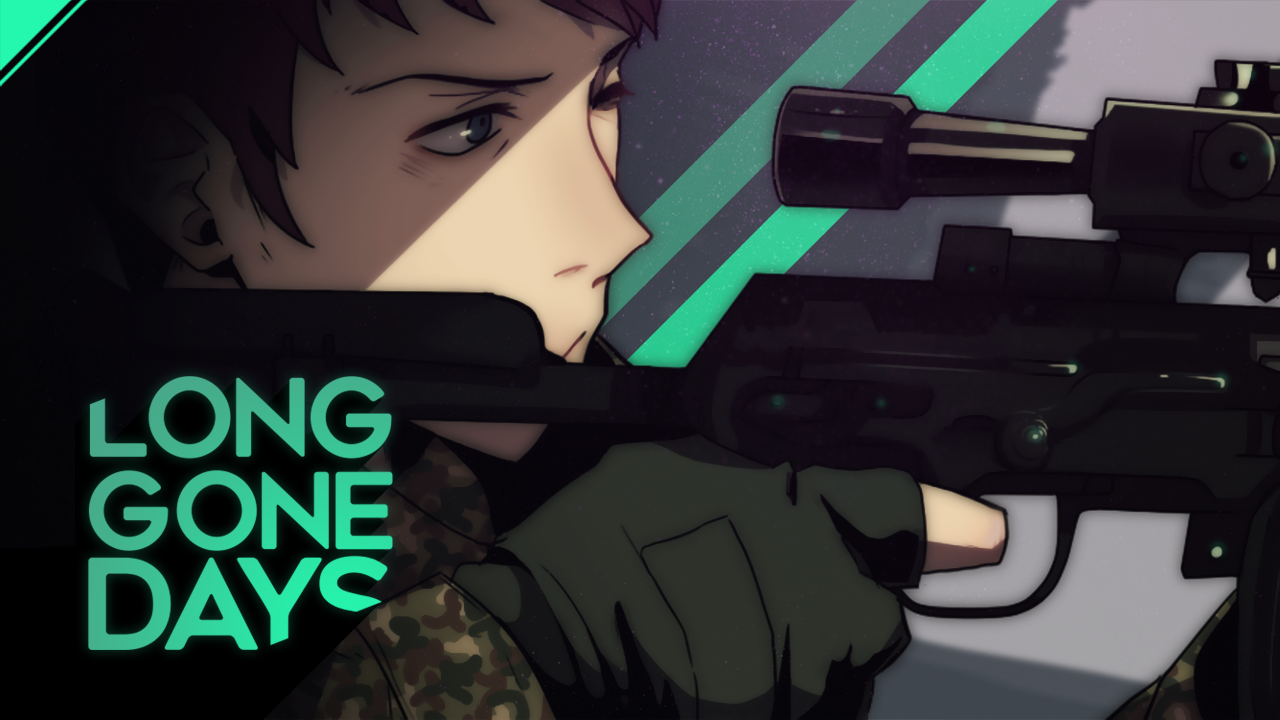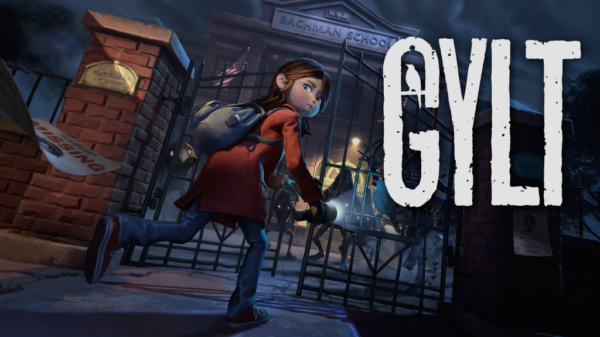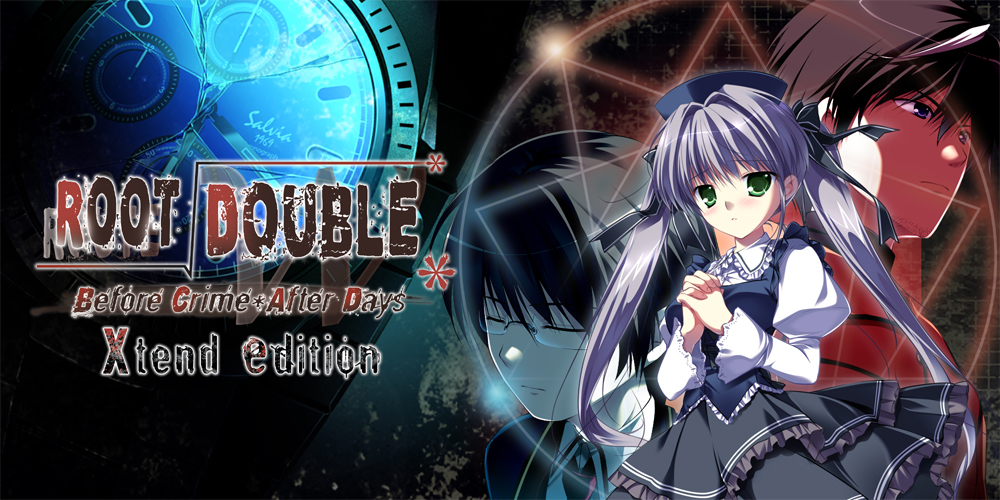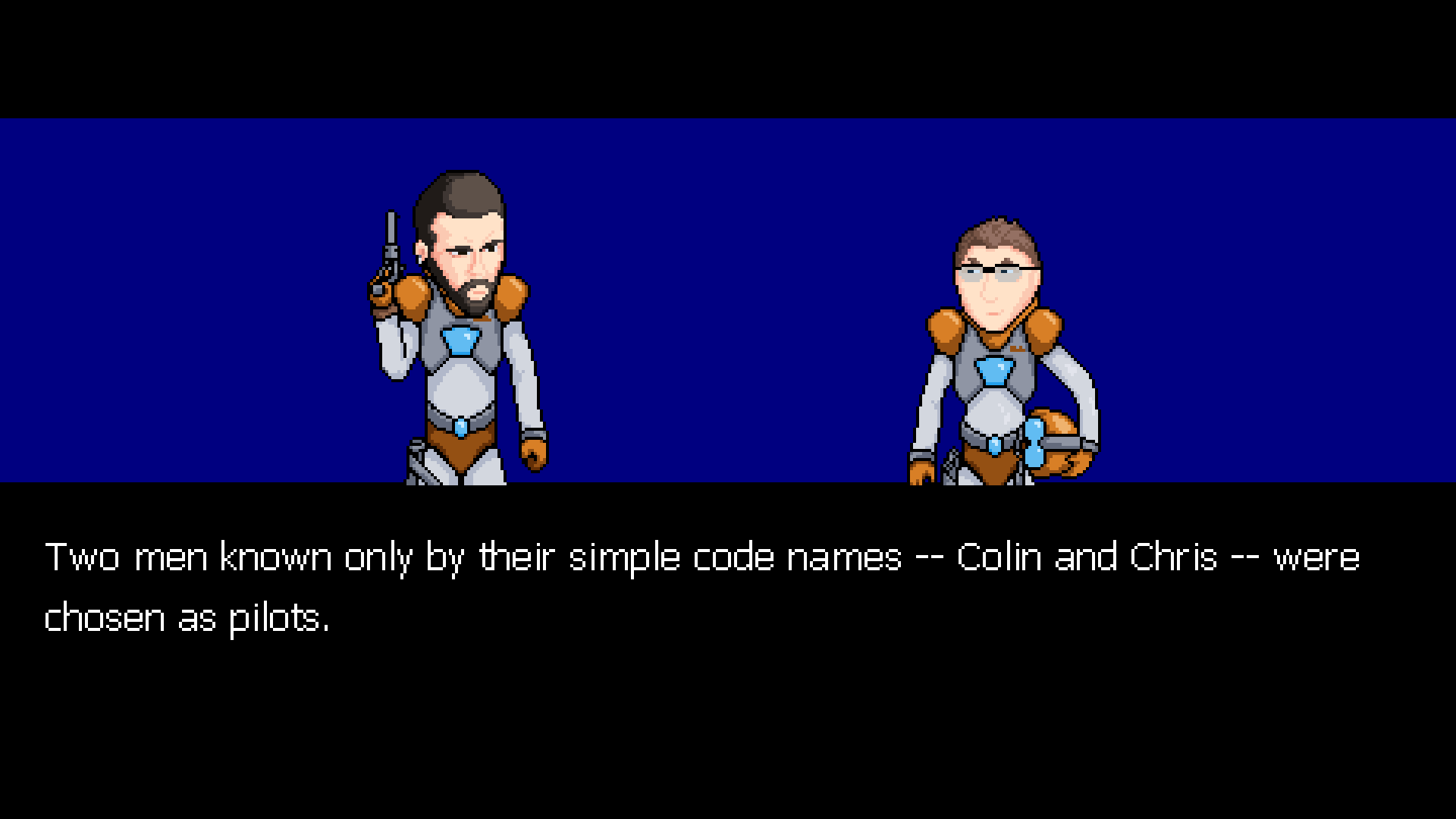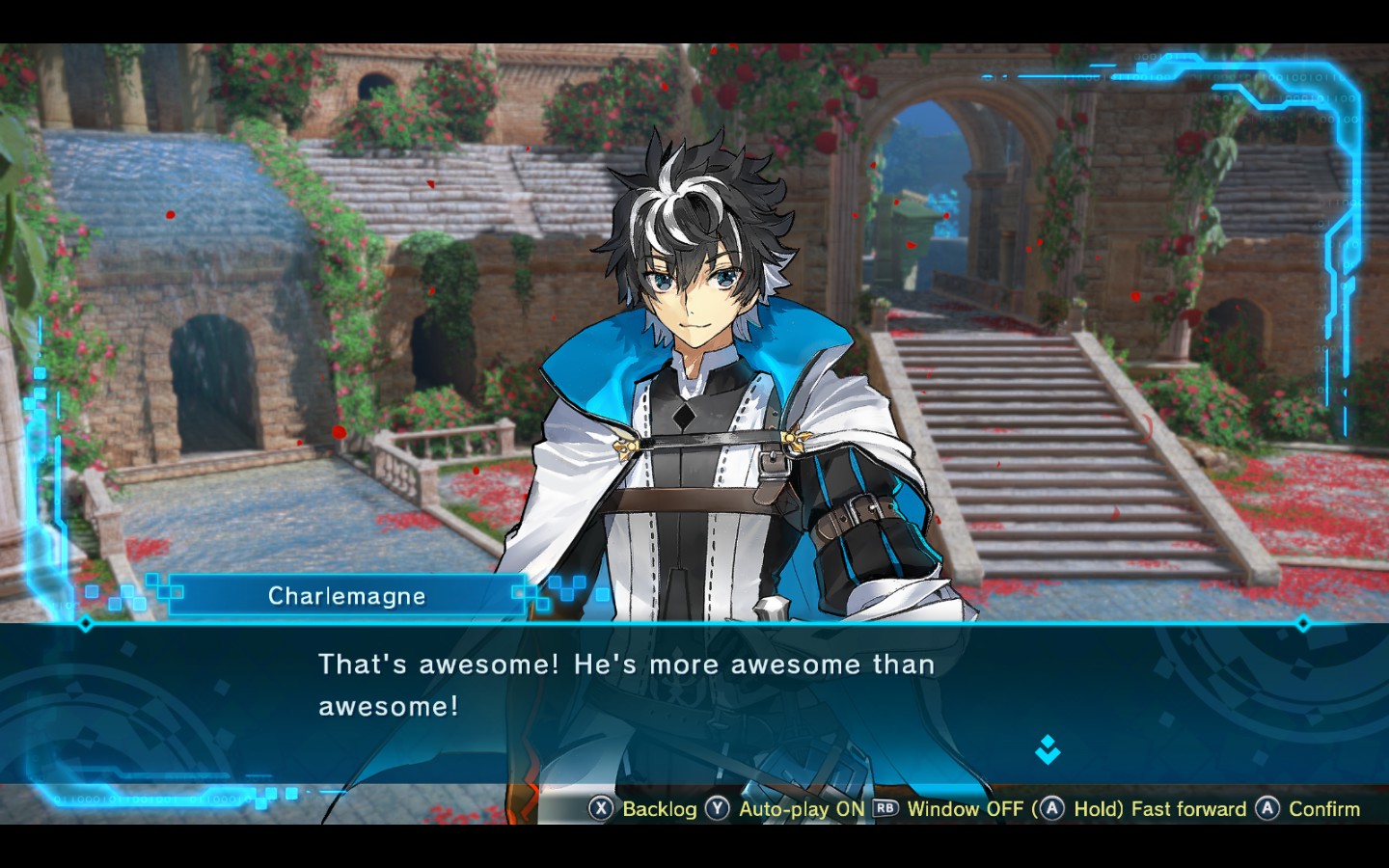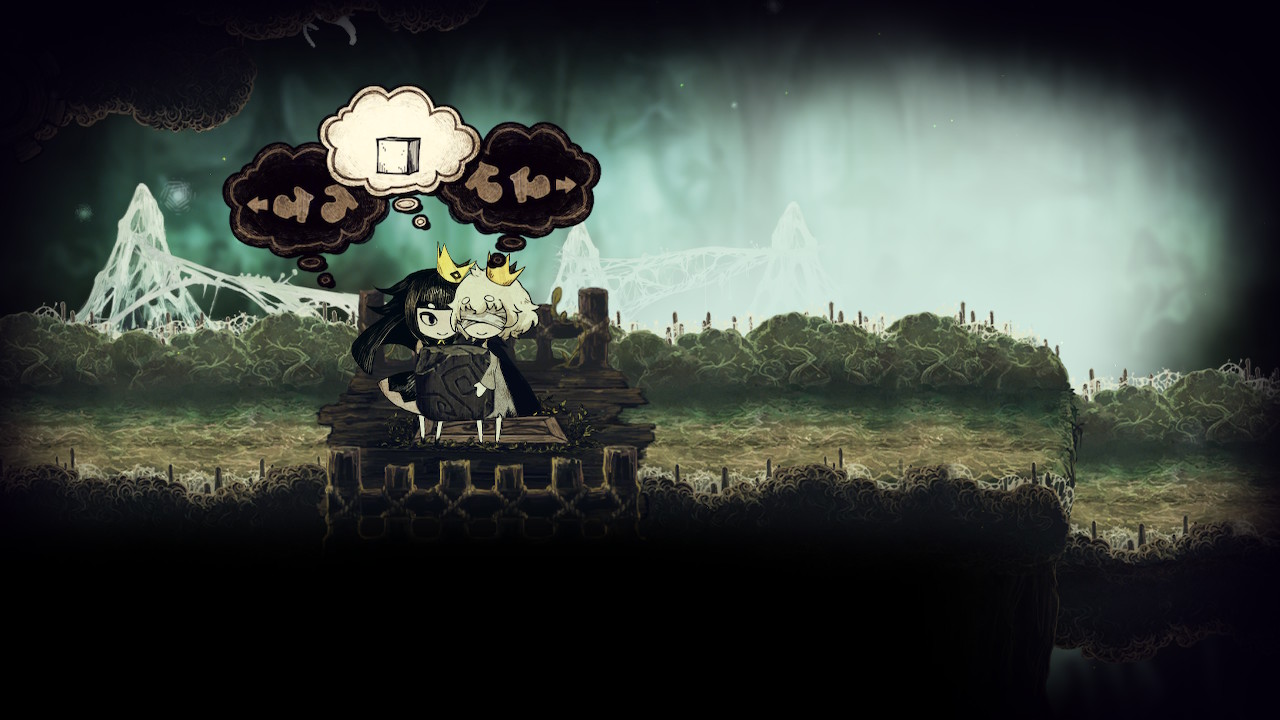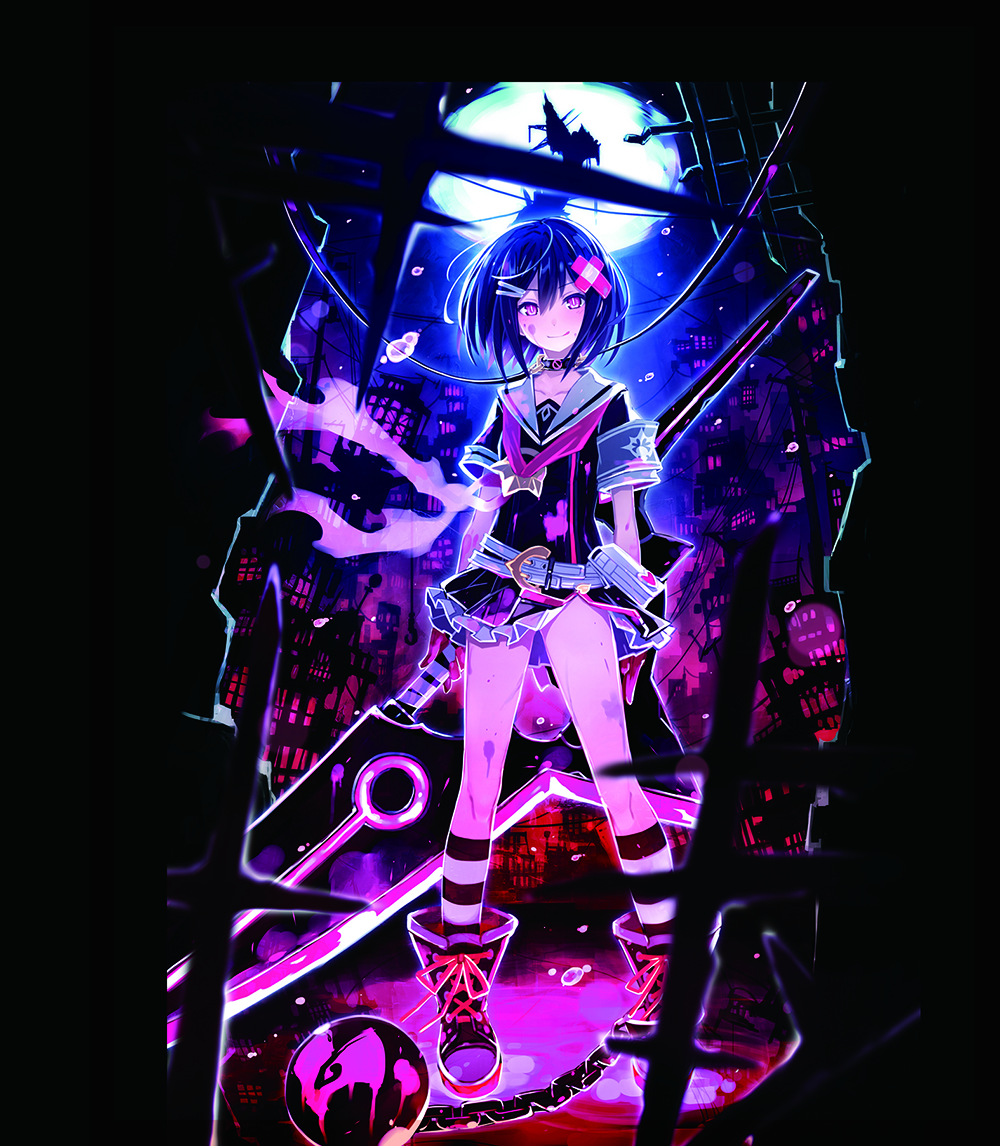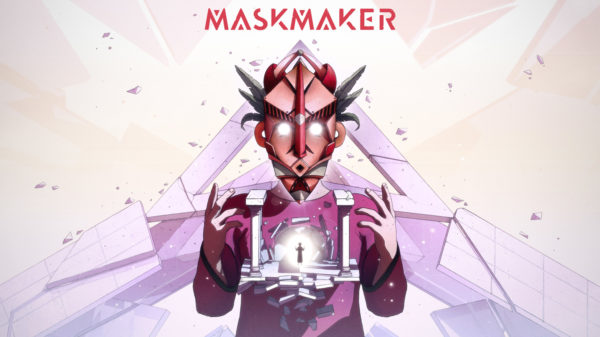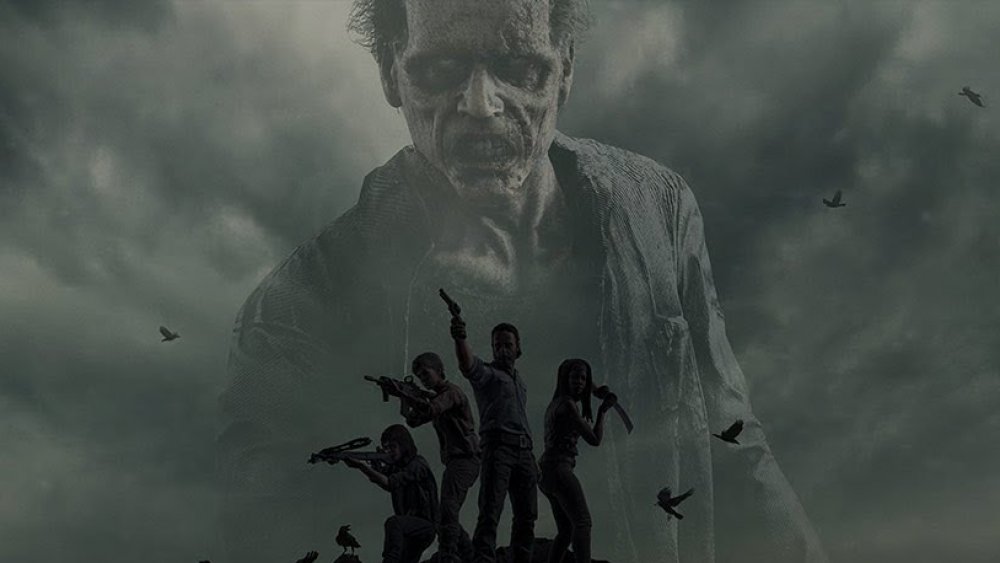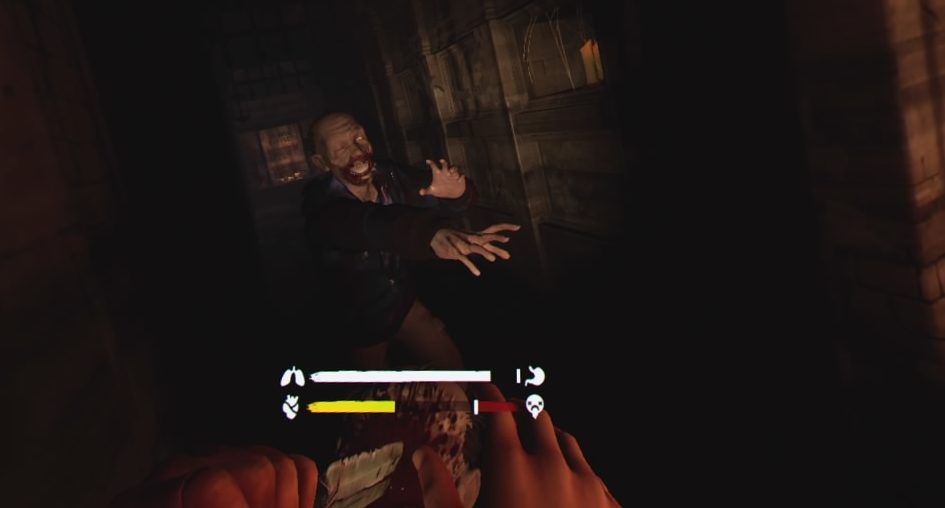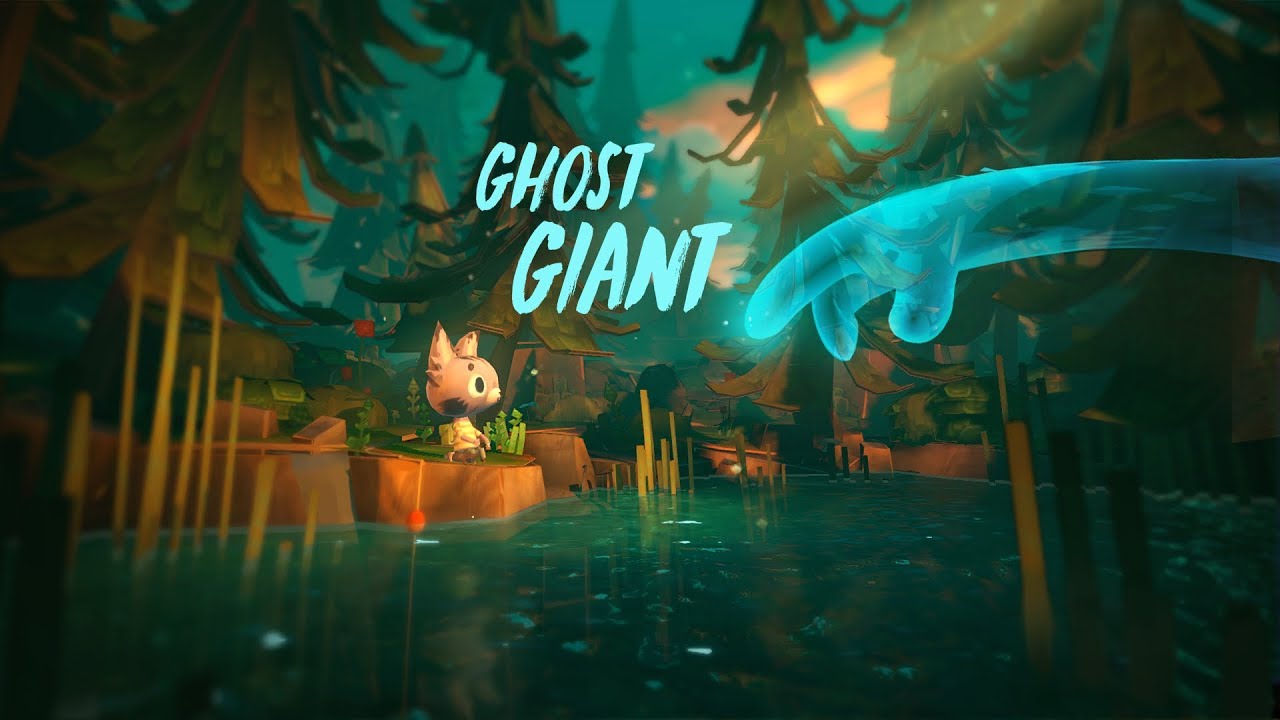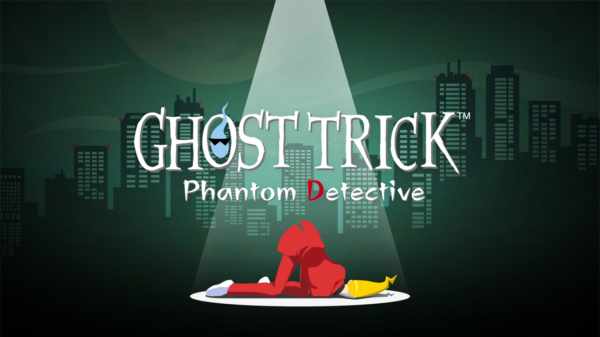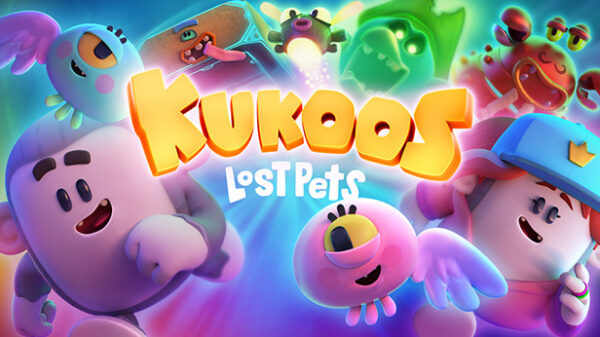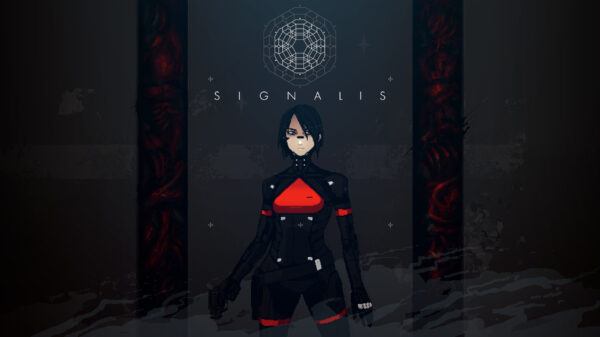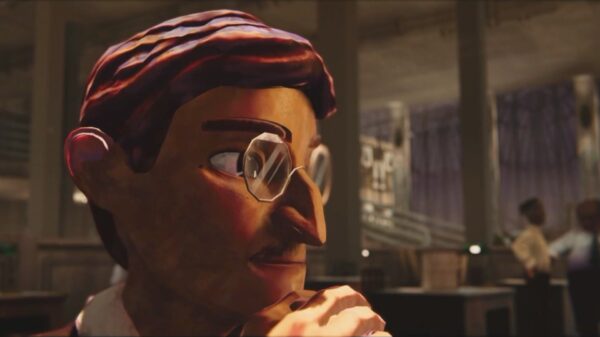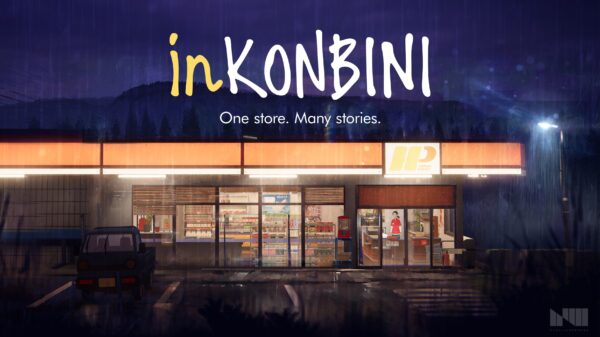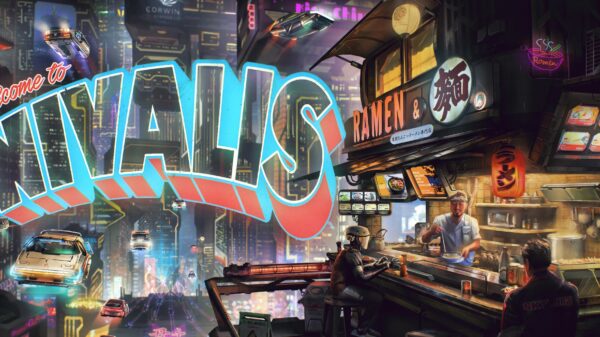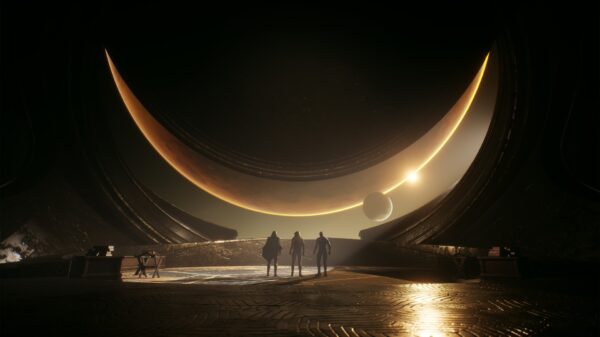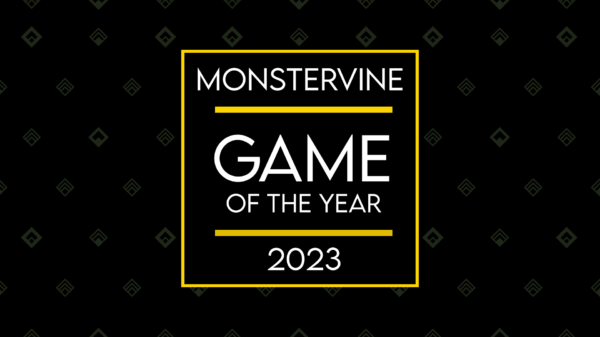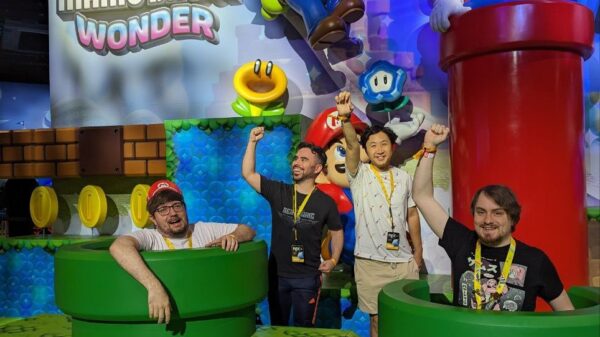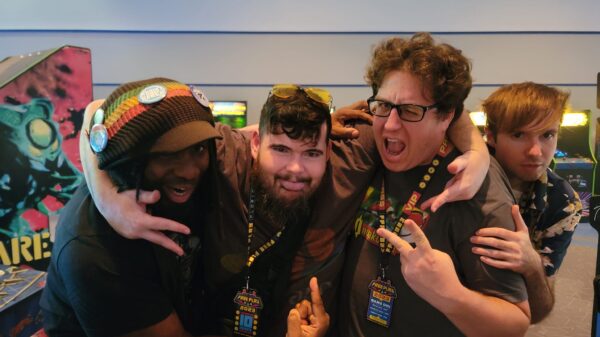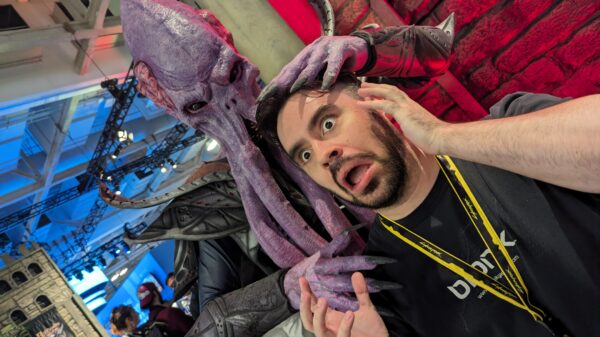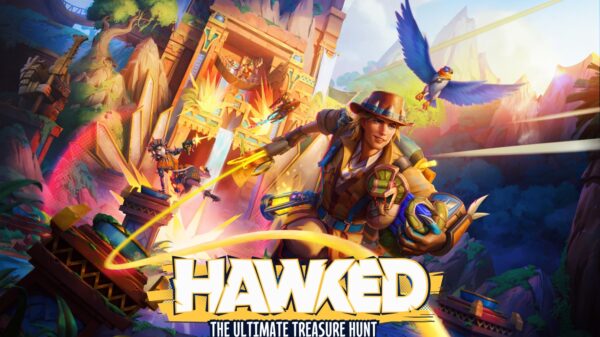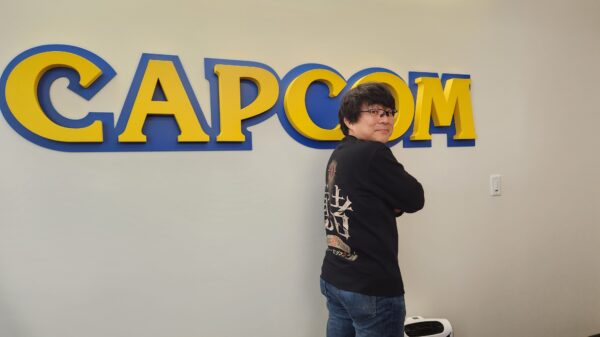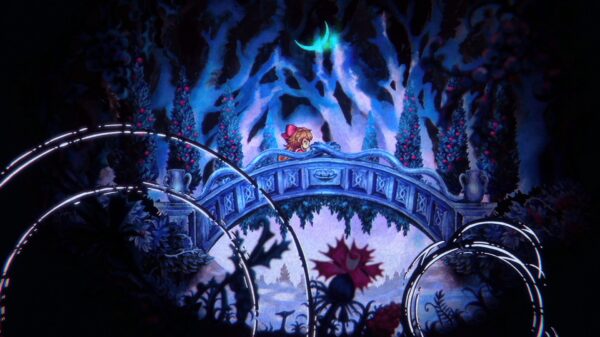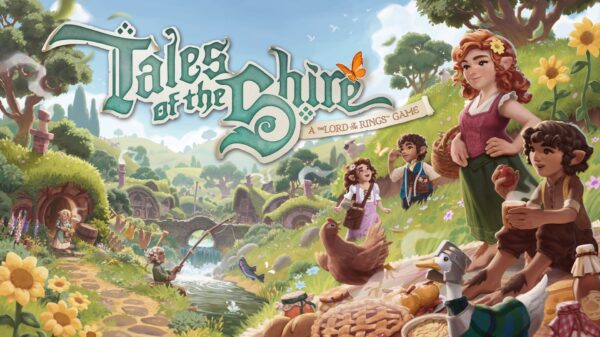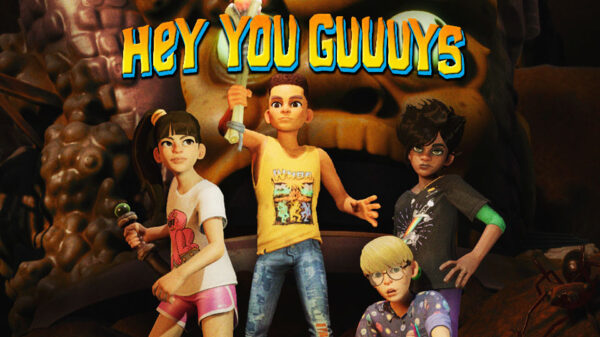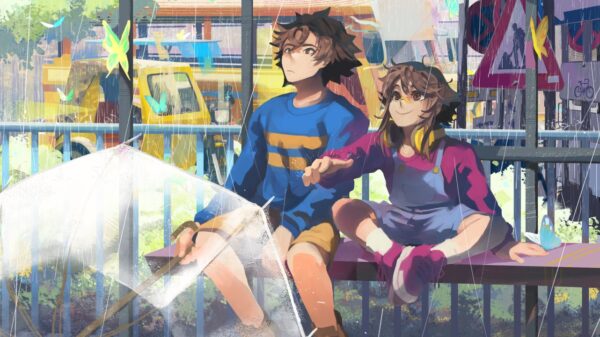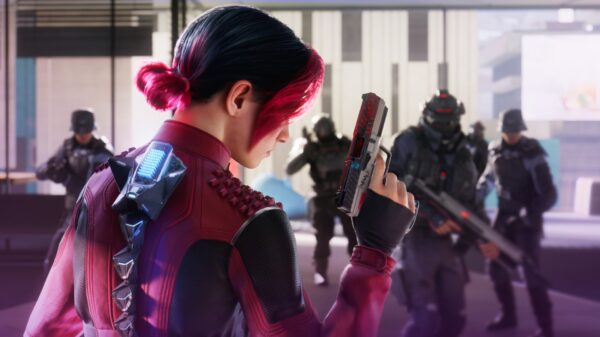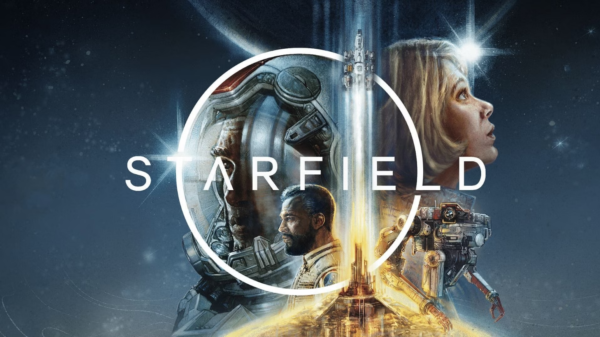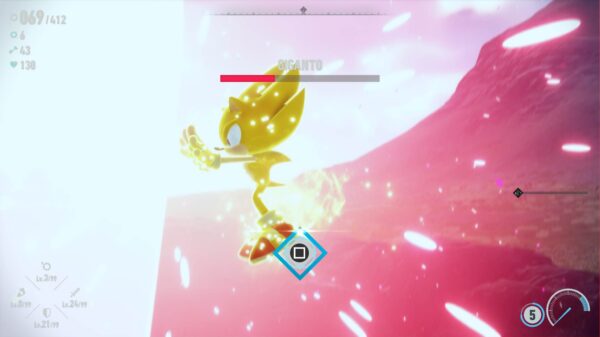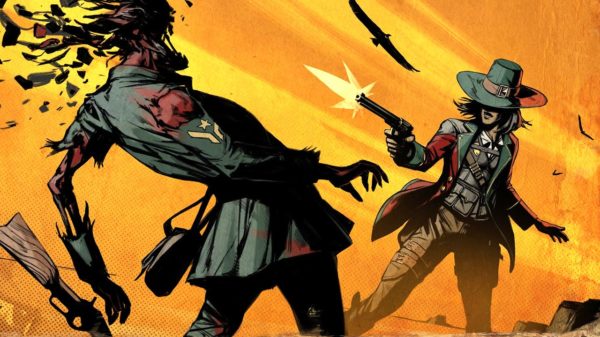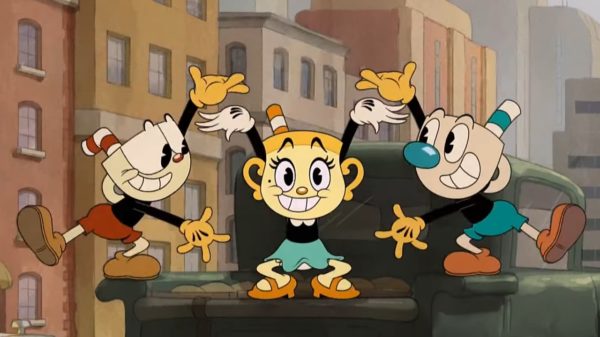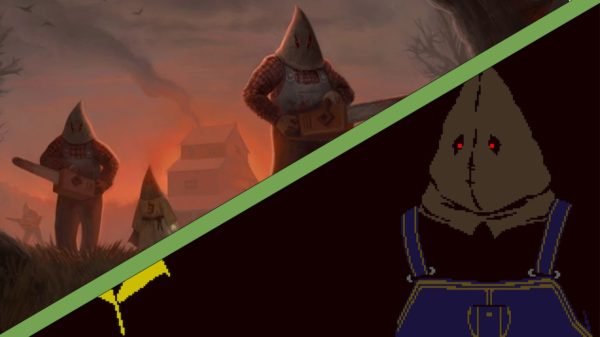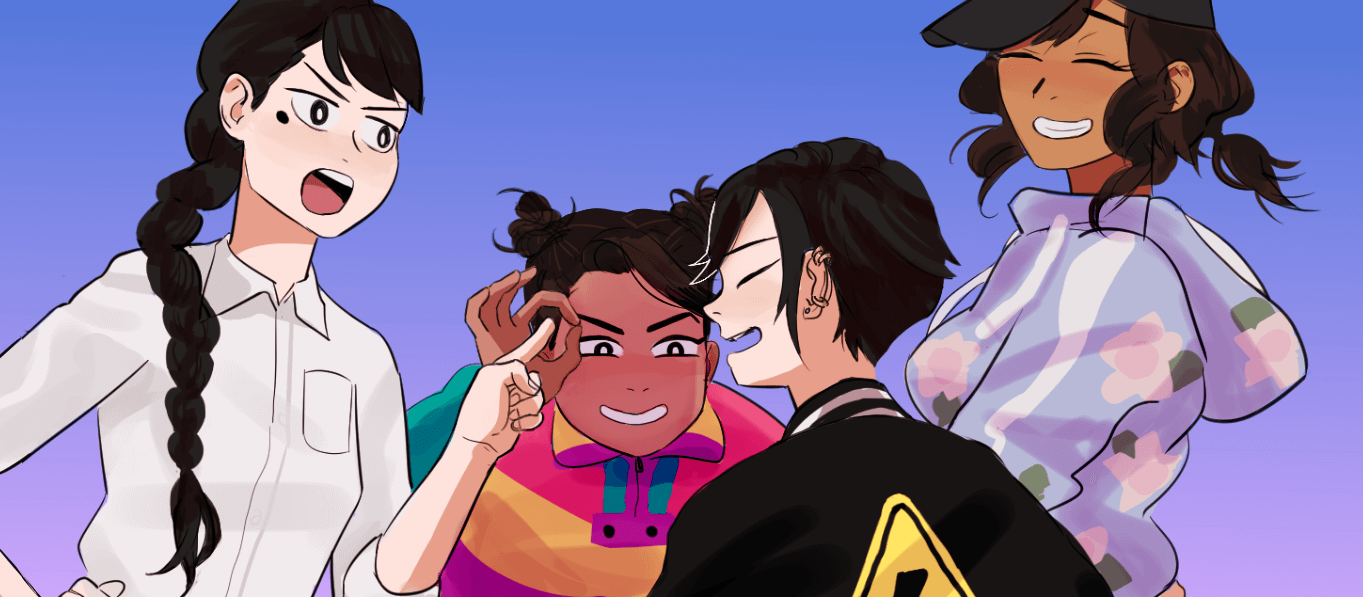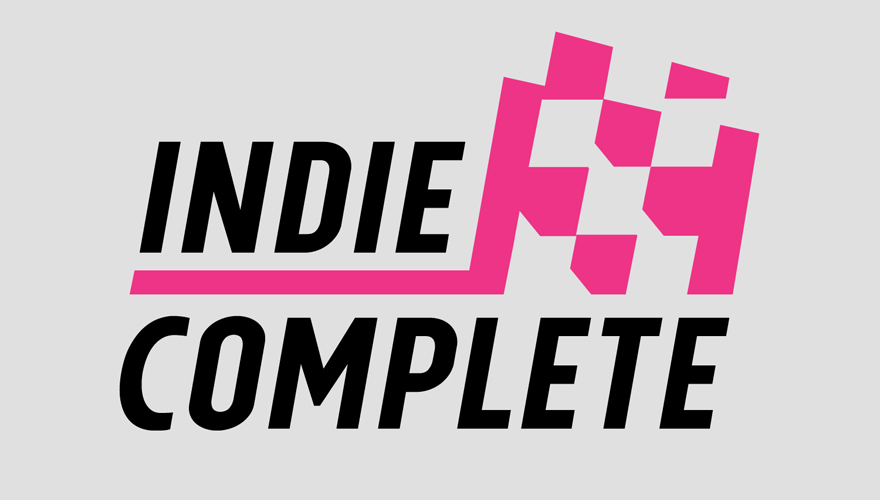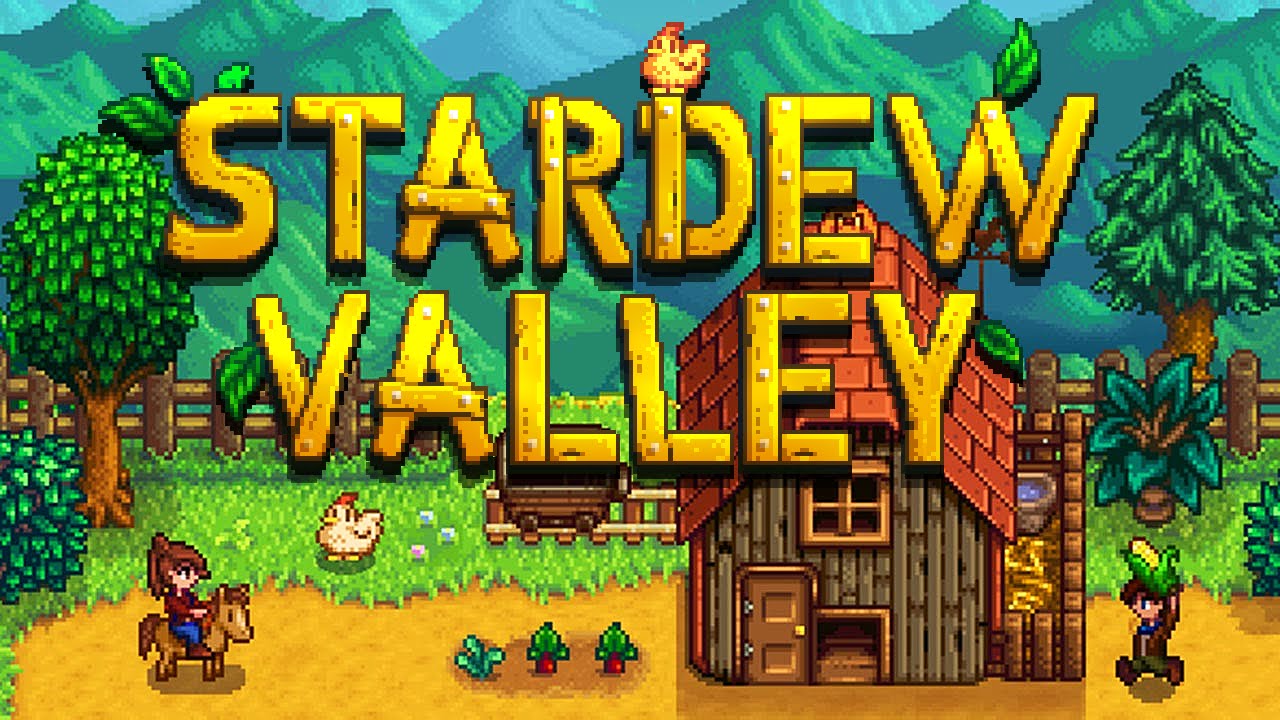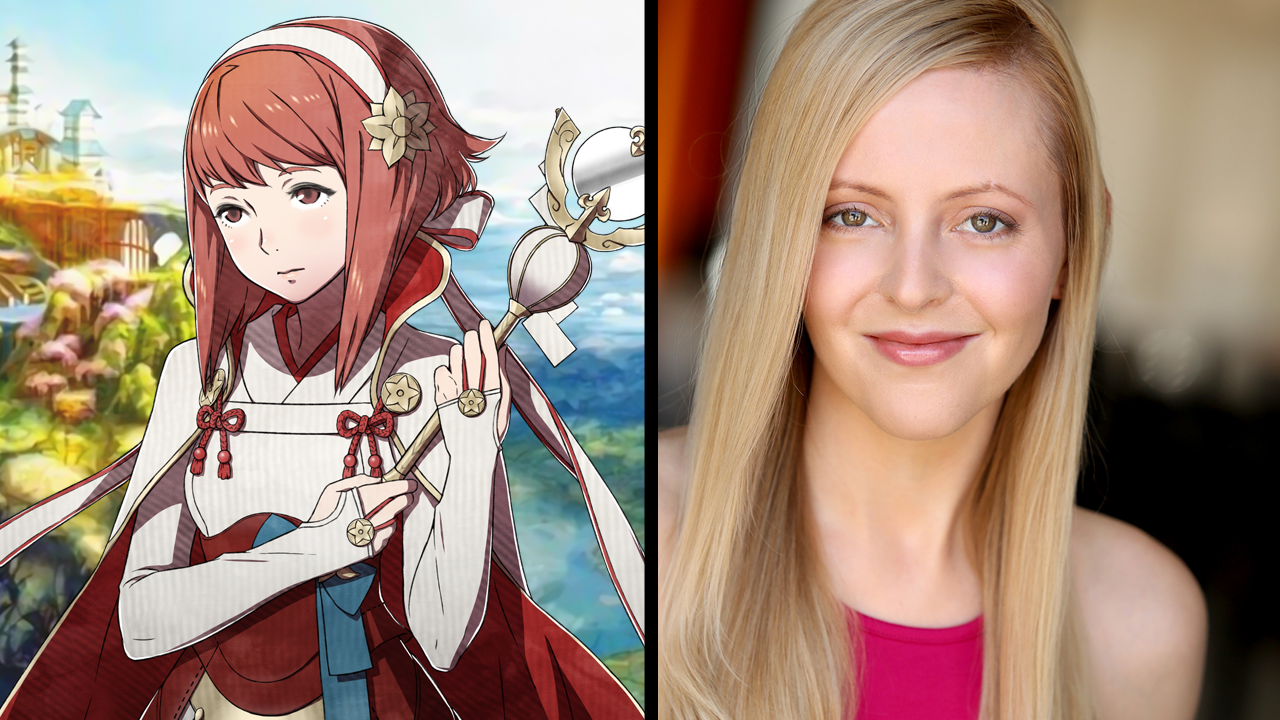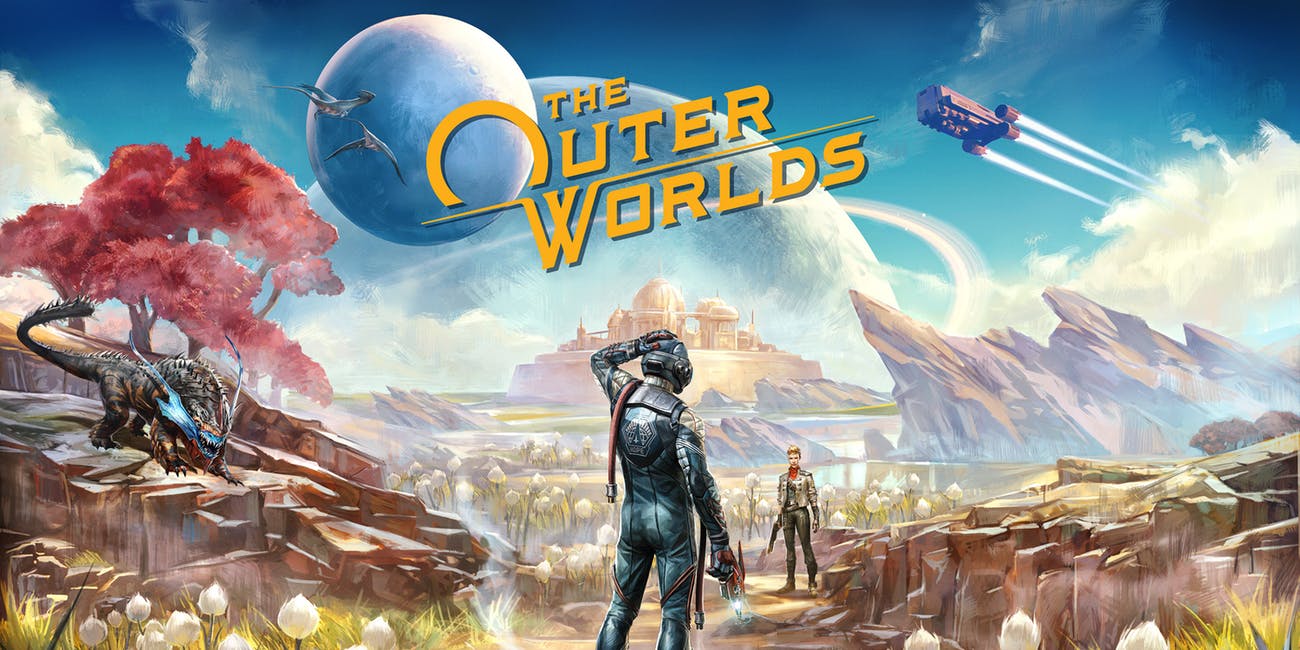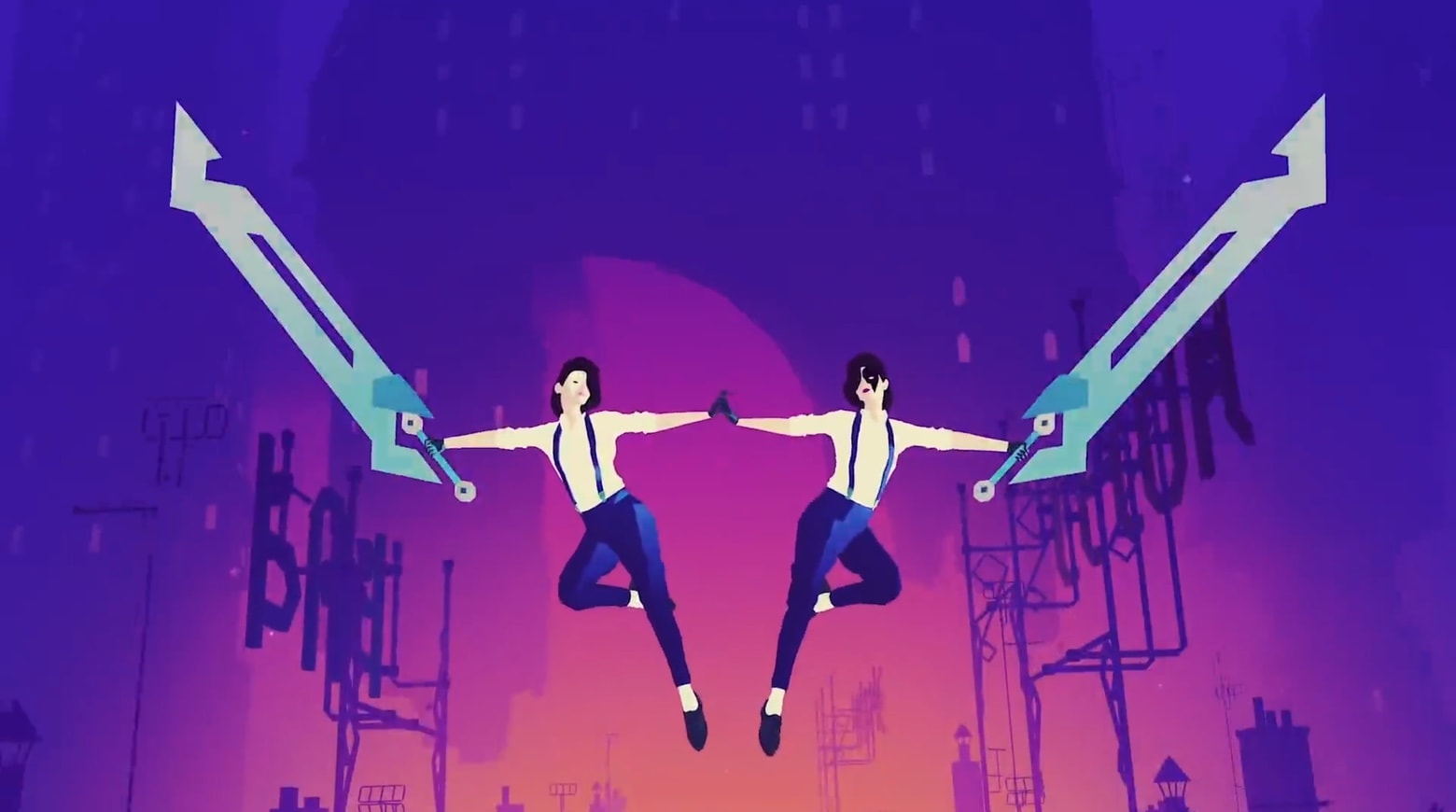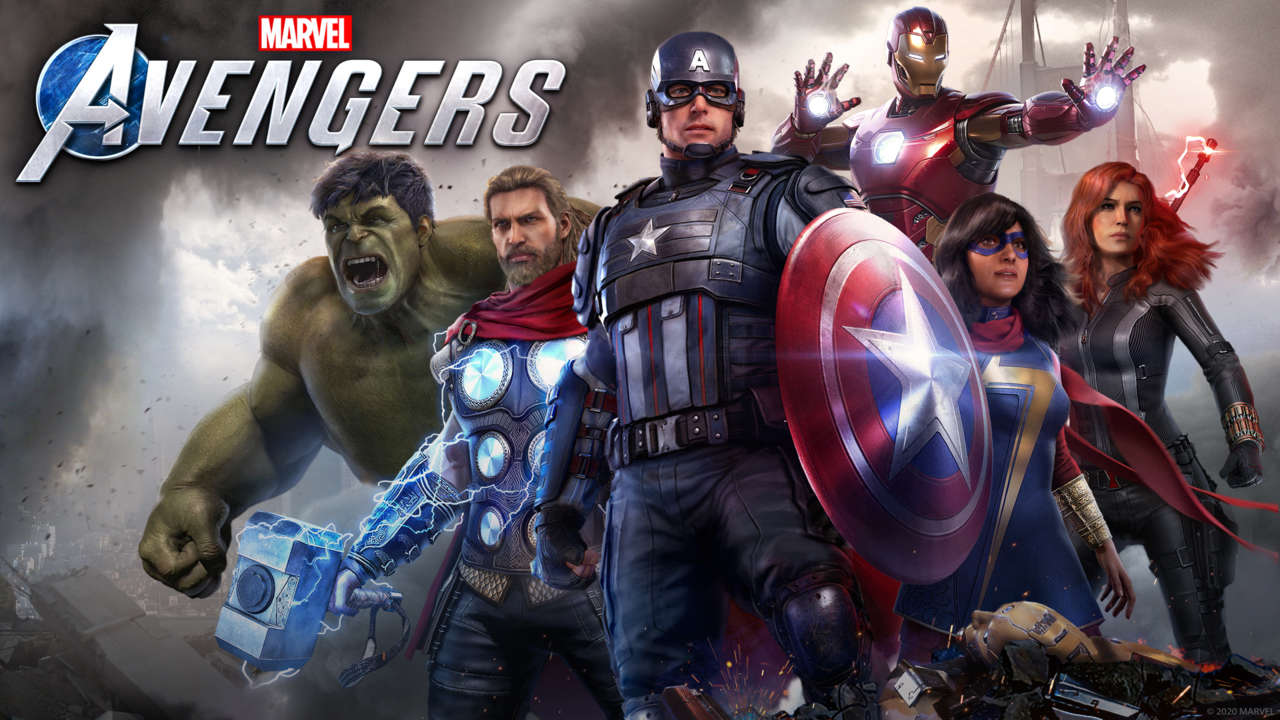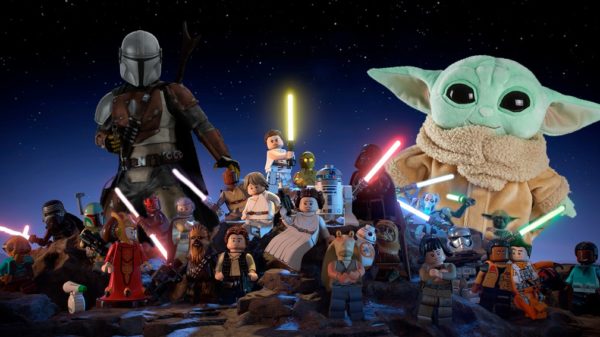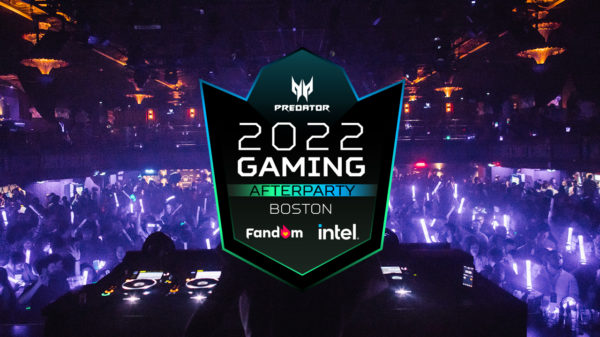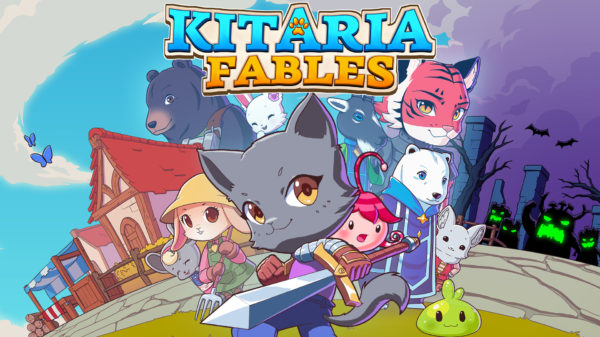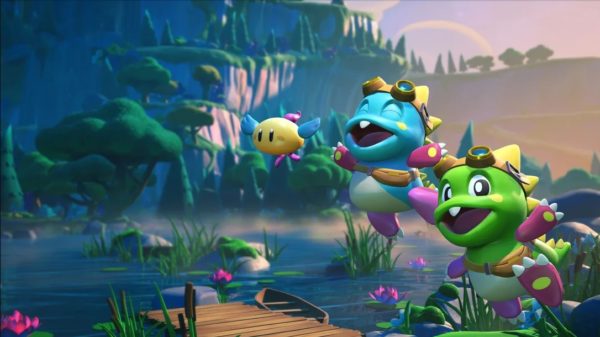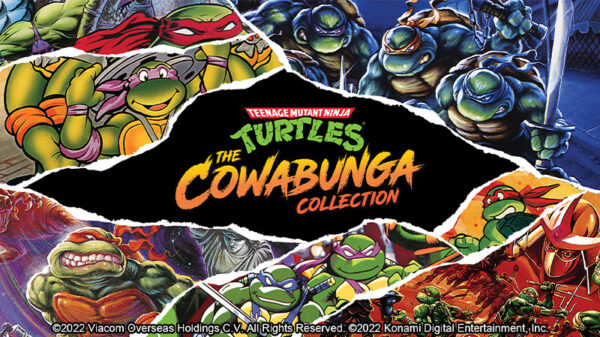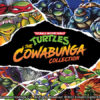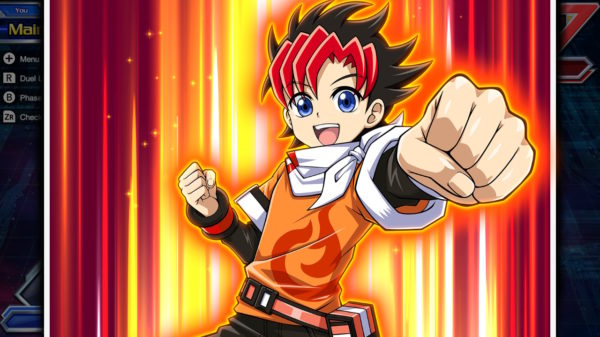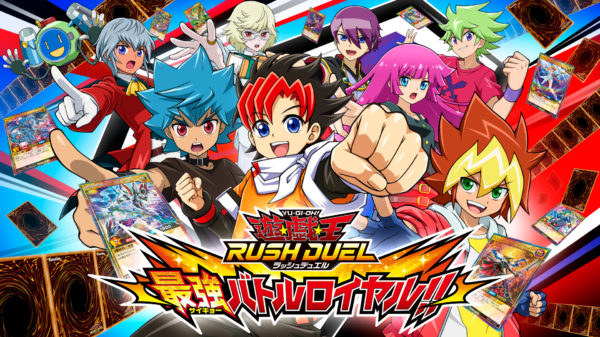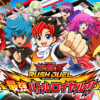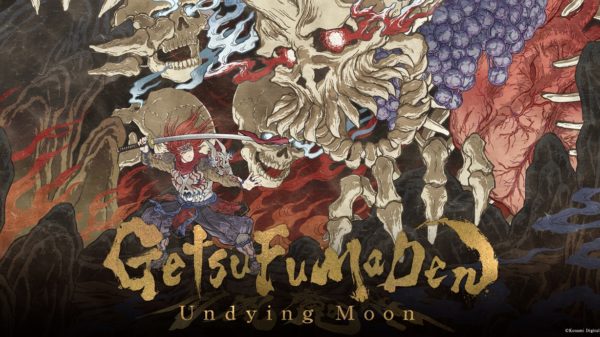The Castlevania Anniversary Collection is a fantastic way to experience some of the most revered (and obscure) titles from the beginning of Castlevania’s long-standing legacy. Even if you’re a franchise veteran, the inclusion of obscure titles like Belmont’s Revenge and Bloodlines, as well as the previously Japan-exclusive NES version of Kid Dracula makes the Collection a worthwhile grab for new players and longtime fans alike.
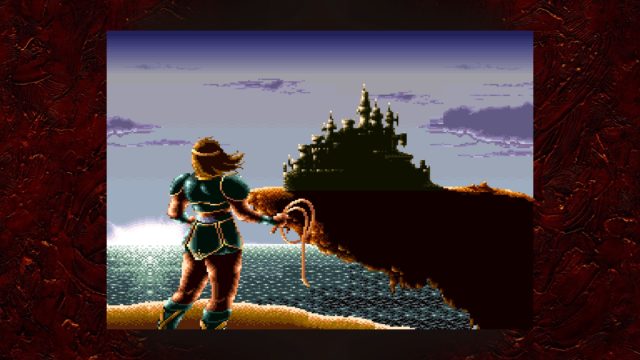
Castlevania Anniversary Collection
Developer: Konami
Price: $20
Platforms: PS4 (reviewed), Xbox One, PC, and Nintendo Switch.
MonsterVine was provided with a PS4 code for review
Though it hasn’t seen much action lately, the Castlevania series is one of the most revered in all of video games. For good reason too, as the series contains some of the best platformers ever made, and is partly responsible for the popular “MertoidVania” genre of exploration-based platformers. After last year’s Requiem collection brought Rondo of Blood and Symphony of the Night to modern consoles, I hoped we would receive similar collections of the classic Castlevania titles and the later “MetroidVania” titles. Half of my wish has come true so far, as the Castlevania Anniversary Collection serves as a great way to play some of the best (and a couple of the more obscure) Castlevania titles.
I’m going to break each title down for how well it holds up and how good the port job is. In general though, the only issue I had was occasional crashing while playing Dracula’s Curse. It wasn’t a frequent enough issue to have a major impact on my enjoyment of the game or the collection, but it was still a minor annoyance. Otherwise, I had no technical issues with any of the titles. Everything looks and sounds fine, and the addition of a save/load state system should definitely help get new and more inexperienced players into Castlevania. Being able to select a resolution, color scheme, and border is a nice touch as well, especially for the Game Boy games, which can be played in color or that classic Game Boy green.
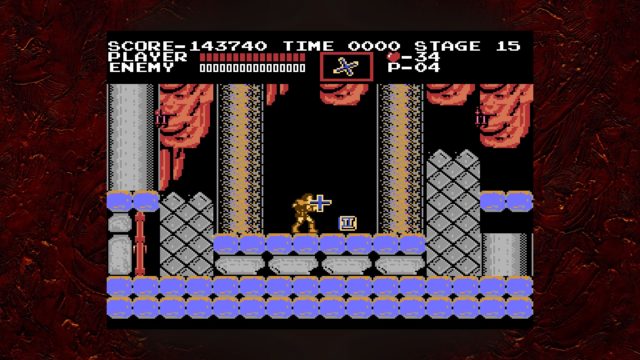
Castlevania (NES, 1986)
First up is the original Castlevania. Hailed as a classic of the NES, this landmark title follows Simon Belmont as he battles the many monsters of the night in order to kill Dracula. Castlevania is an excellent game that is impeccably designed in a way that encourages skill and memorization without feeling cheap. The visuals hold up alright, the music is godly, and the gameplay is as tight and enjoyable as it’s always been.
I can’t recommend Castlevania enough, as it still stands as one of the best games of its generation. The save/load state feature that comes with the Anniversary Collection makes it far more accessible for players who may not be used to the harsh difficulty that Castlevania is known for, making this the perfect entry point for series freshmen.
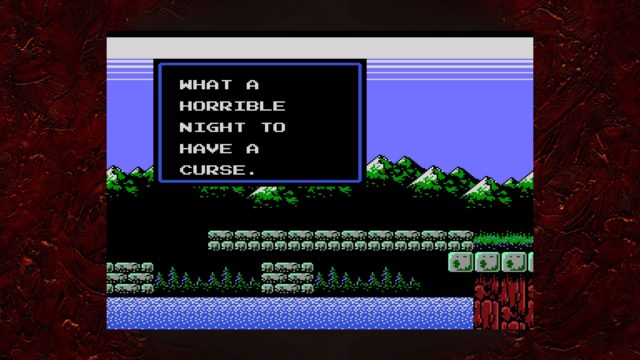
Castlevania II: Simon’s Quest (NES, 1987)
I respect Simon’s Quest for its willingness to try something new, as it’s a Zelda II-esque RPG that combines traditional Castlevania gameplay with confusing and vague map-based navigation. It’s convoluted and incredibly difficult without a guide of some kind, as NPCs will lie to you and the in-game hints are as cryptic as it gets. Again, I admire that Simon’s Quest was willing to be so different in such a creative way. I just don’t particularly care for the result of this experimentation. If nothing else, Bloody Tears (one of the best Castlevania songs) came from Simon’s Quest, so that’s a plus.
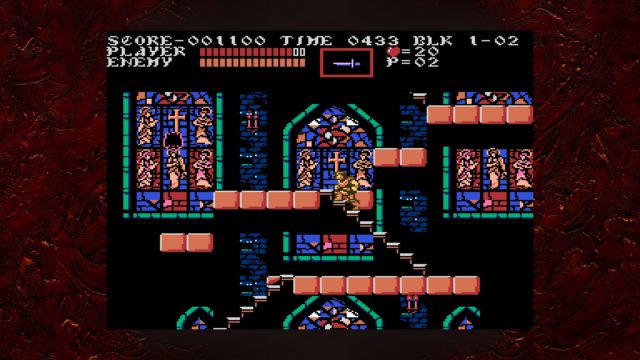
Castlevania III: Dracula’s Curse (NES, 1989)
You may know Dracula’s Curse as the title that the recent (excellent) Netflix animated Castlevania series is based on. It’s a shining example of what a good sequel should be, as it takes the best parts of the original Castlevania and just adds more goodness to it. Four playable characters, branching level paths, fantastic visuals, and stellar music are the biggest additions to Dracula’s Curse, adding to its depth of gameplay and its overall length.
Each character plays in an entirely different way from the others as well, adding a good deal of replayability to the game. I did find the game crashed on occasion, meaning I would have to restart the collection. I never lost any data, and the crashes weren’t awfully frequent, but it’s still an issue in an otherwise exceptional game.
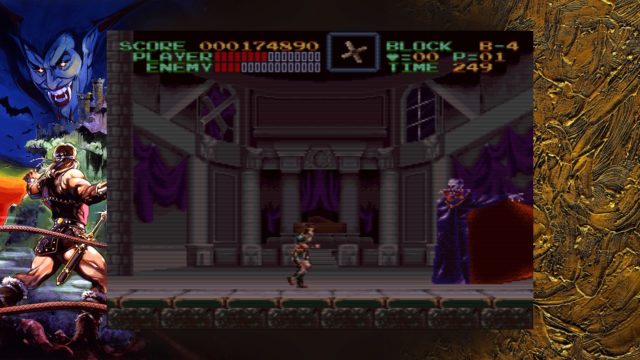
Super Castlevania IV (SNES, 1991)
Whipping has never felt as good as it does in Super Castlevania IV, a re-imagining of the original Castlevania. Simon now has the ability to whip in eight different directions, adding a whole new level of enjoyment to monster-slaying. This new freedom opens the door to new mobility options, like swinging from hooks on your whip a la Indiana Jones. There are lots of thematically diverse levels before you even reach Dracula’s castle, and plenty of new and old tunes that carry on the series tradition of having some of the best music in the biz.
The visuals are great as well, adding a particularly eerie and dark sensation to Dracula’s castle this time around. This is another great starting point for new fans, though I’d recommend playing at least the first Castlevania before this one, so that you can fully appreciate how different Super Castlevania IV is.
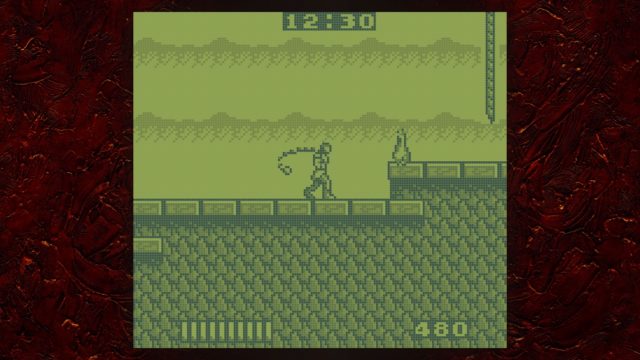
Castlevania: The Adventure (Game Boy, 1989)
Easily the worst game in the bundle, The Adventure is a clunky, slow, limited, and poorly-designed Castlevania game that jumps between boring and frustrating with impressive frequency. It’s only four stages long, but it feels far longer. Maybe it’s because Christopher Belmont moves like he’s coated in molasses, or maybe it’s because there are no subweapons to use or interesting levels to traverse, but whatever the reason, Castlevania: The Adventure is a slog that I can’t really recommend in any way.
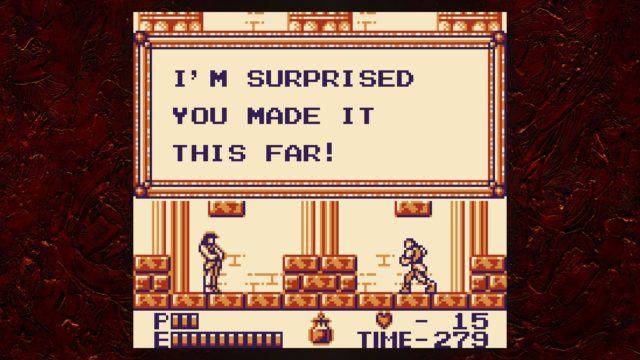
Castlevania II: Belmont’s Revenge (Game Boy, 1991)
Belmont’s Revenge is a surprisingly good platformer, especially when you remember it’s a follow-up to The Adventure. Subweapons make a return, as do stages that are actually diverse and interesting. The story is neat as well, as it follows Christopher Belmont as he tries to save his son, Soleil, from the forces of darkness. It’s not a revolutionary title or the best in the series, but Belmont’s Revenge is a strong portable Castlevania game that improves on The Adventure in every way imaginable, even if it’s still a tad bit slow for my tastes.
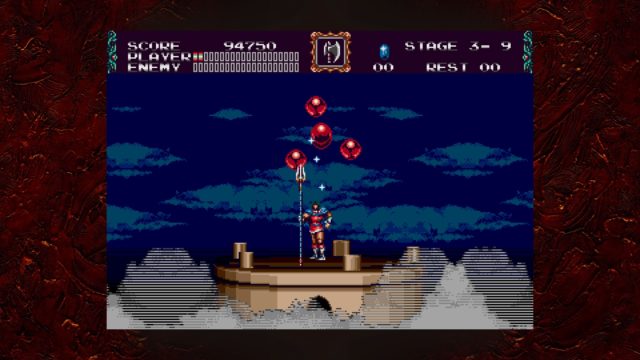
Castlevania Bloodlines (Sega Genesis, 1994)
The biggest highlight of the collection is definitely Castlevania Bloodlines. This is actually the first time this game has been rereleased since its debut on the Sega Genesis, and all I can say is that it’s about time Bloodlines saw the light of day (or I guess, dark of night) again. Easily one of the most unique entries in the series, Bloodlines is weird in all the right ways.
Taking place during World War I, Bloodlines lets you play as either John Morris, a whip-toting distant relative of the Belmonts, or his best friend Eric Lecarde, John’s spear-wielding best friend whose girlfriend has been turned into a vampire. Both characters have incredibly different movesets and playstyles, which takes them through different routes on the same levels. The game is also way more macabre and bloody than most other Castlevanias, which gives it a strange but appealing flavour when compared to its contemporaries. Its use of a limited number of “continues” is weird, but otherwise, Bloodlines is an excellent platformer that I’d highly recommend.
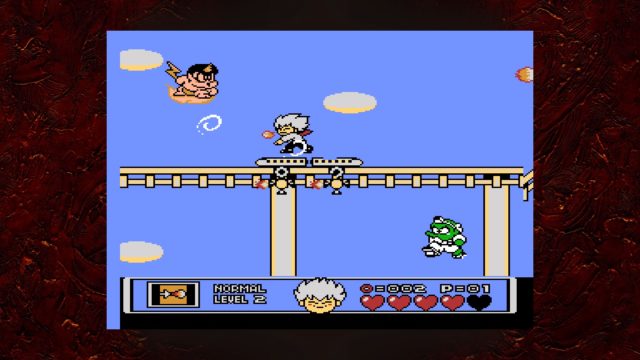
Kid Dracula (NES, 1990)
I didn’t expect Konami to translate Kid Dracula of all things for a new collection, but I’m quite glad they did. As a cutesy spin-off to Castlevania, it makes sense that Kid Dracula is simpler than its hard-as-nails inspiration. The stages are more akin to Mega Man than Castlevania, especially with the projectile-based platforming that Kid Dracula is based around. There are some fun deviations from this formula as well though, like a quiz-show boss fight against the Statue of Liberty. Overall, Kid Dracula is a fun and interesting romp through one of the lesser-known avenues that Castlevania has taken.
Bonus Book
In addition to all these titles, there’s a digital book that shows off art and concepts from the included titles. The best part has to be the in-depth interviews with all sorts of different staff members from the franchise as well as the Netflix series. The book offers some real insight into Castlevania as a whole, showing how much passion and creativity has gone into the series over the years. It’s a neat bonus that ties the package together, especially for Castlevania superfans.
 The Final Word
The Final Word
The Castlevania Anniversary Collection is an overall fantastic collection of some of the best platformers around. Outside of some minor crashes in one of the titles, the Anniversary Collection is a near-perfect way to experience classics like Castlevania and Dracula’s Curse, as well as obscure oddities like Bloodlines and Kid Dracula. For $20, the collection is a steal, and I’d highly recommend it.
MonsterVine Review Score: 4.5 out of 5 – Great

